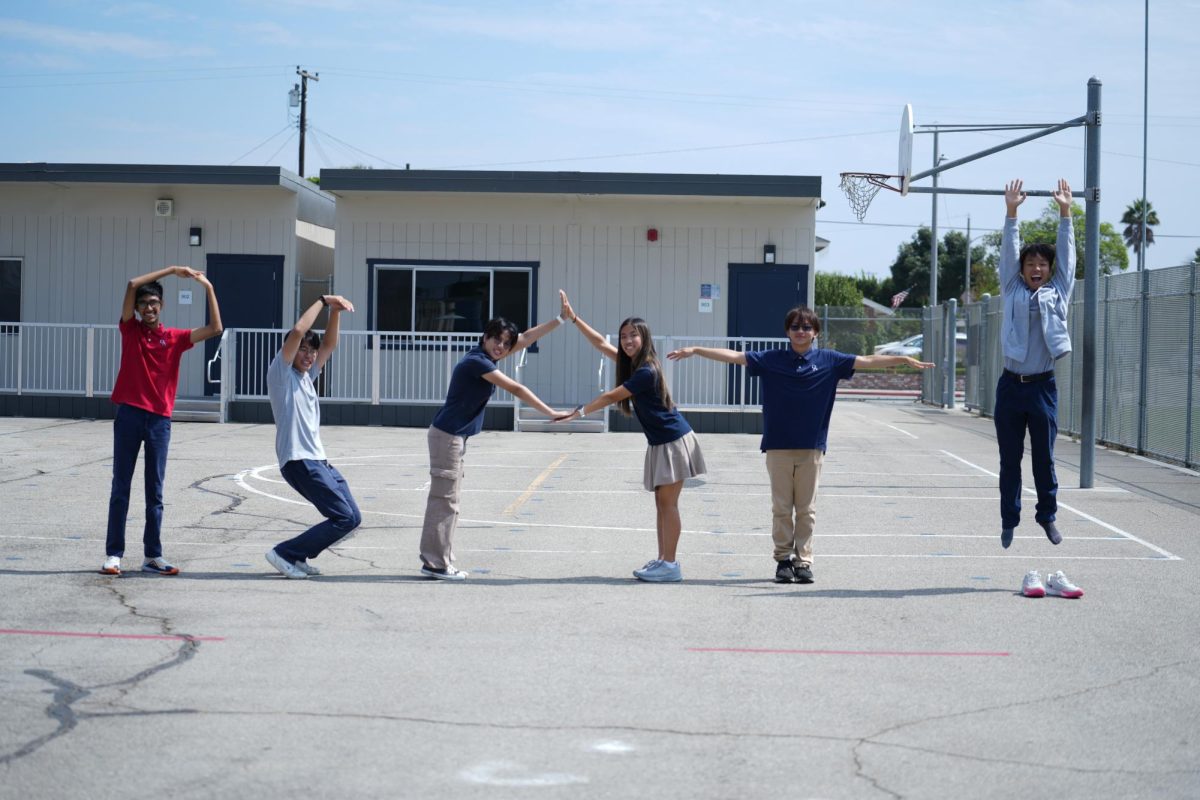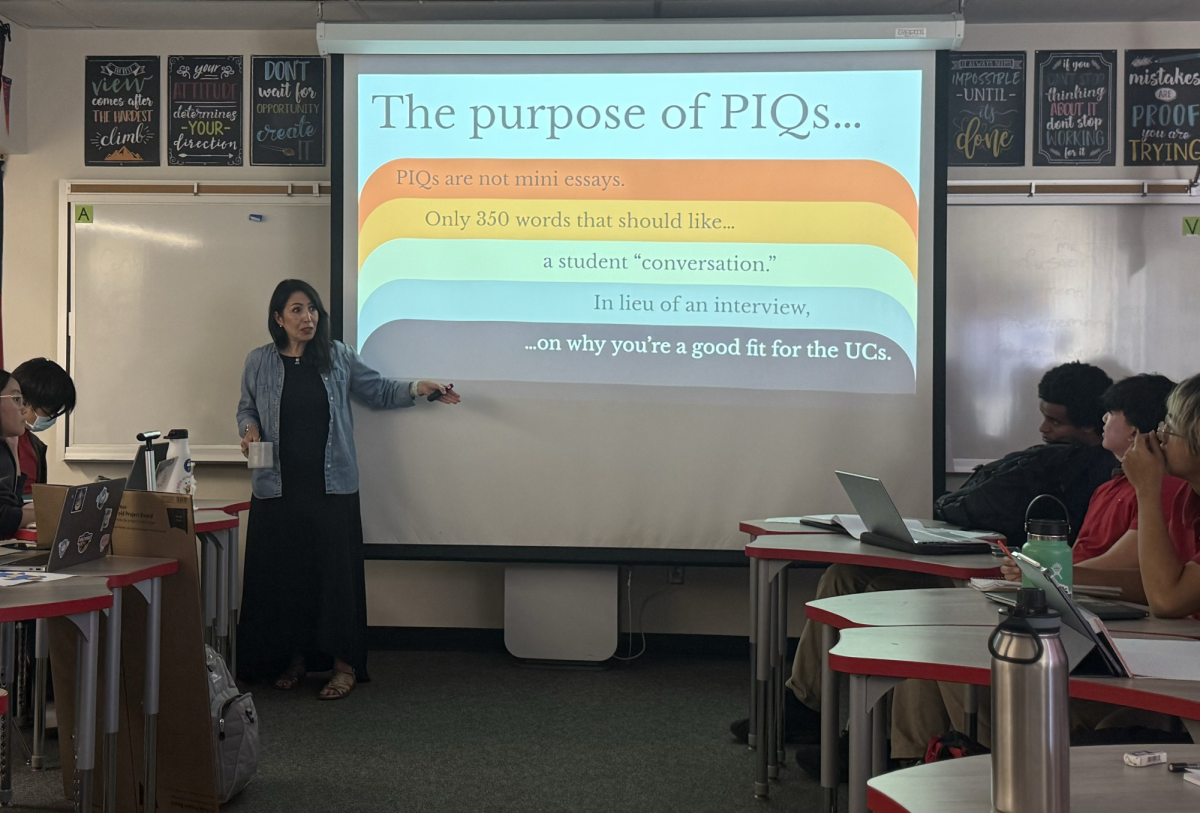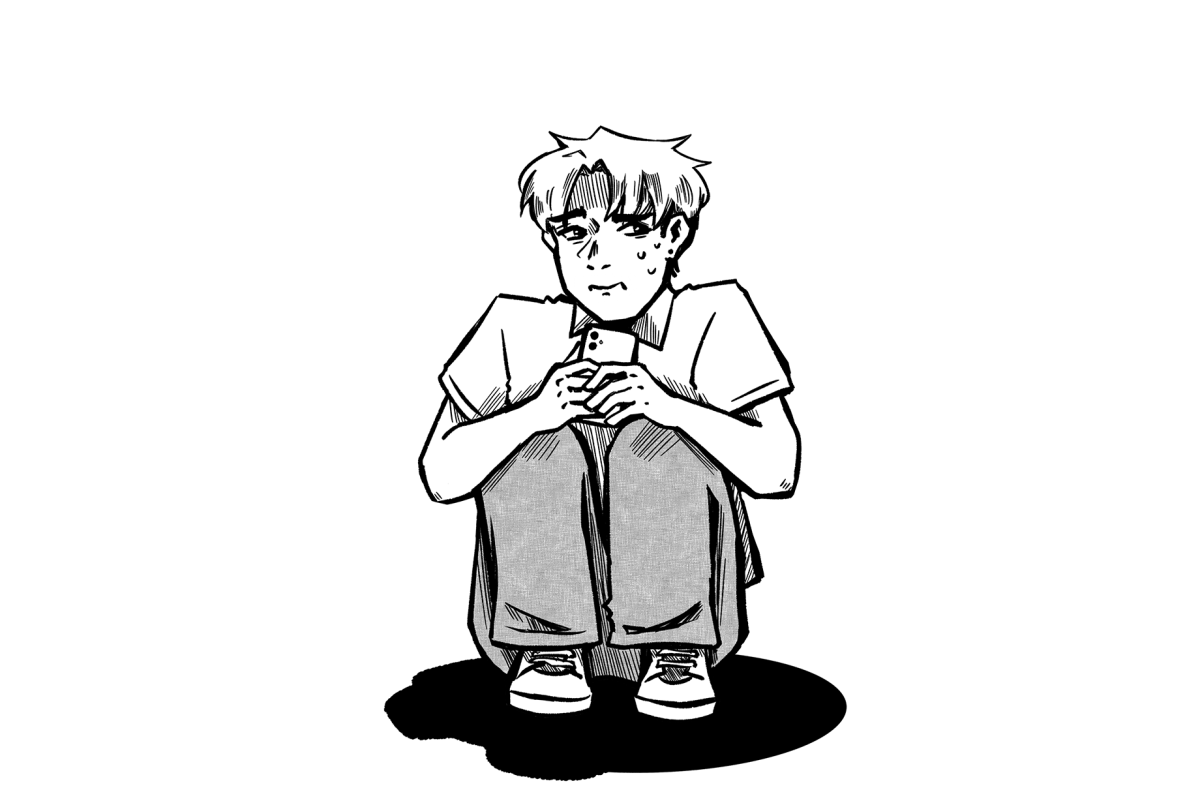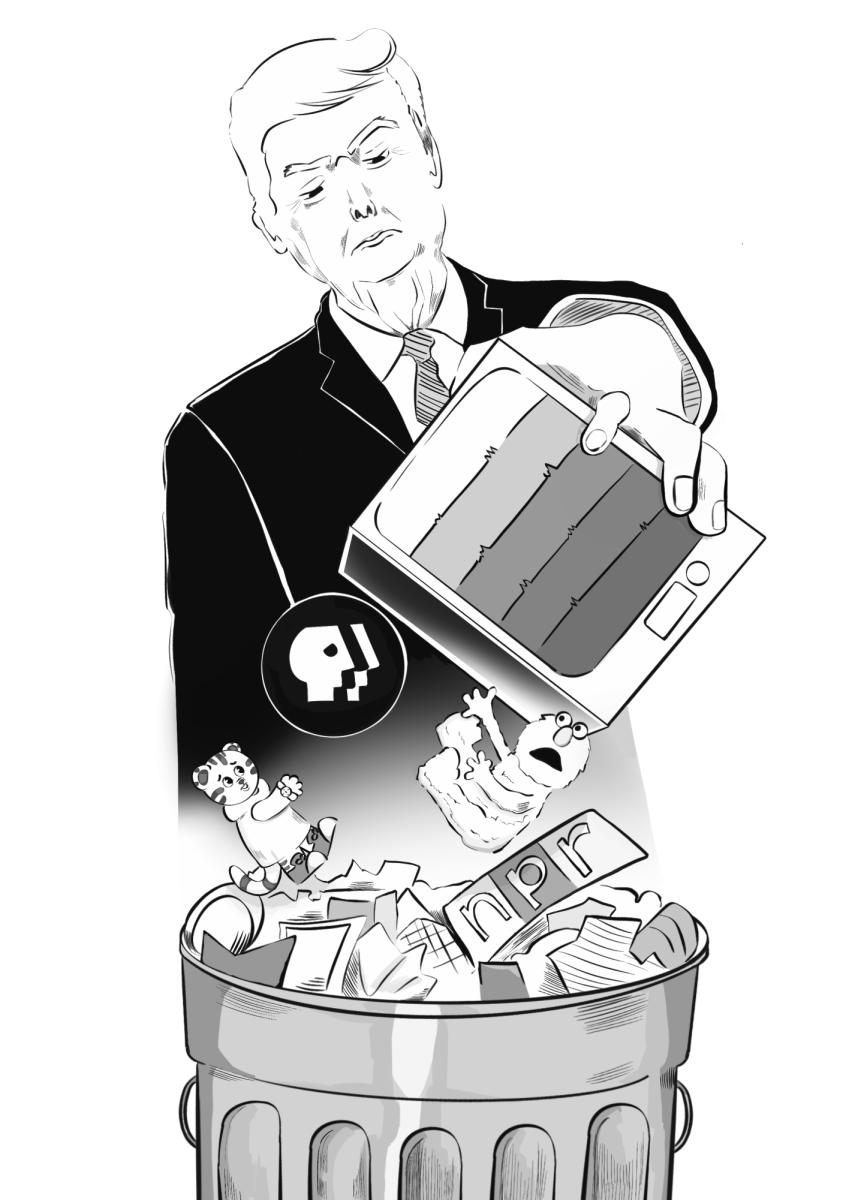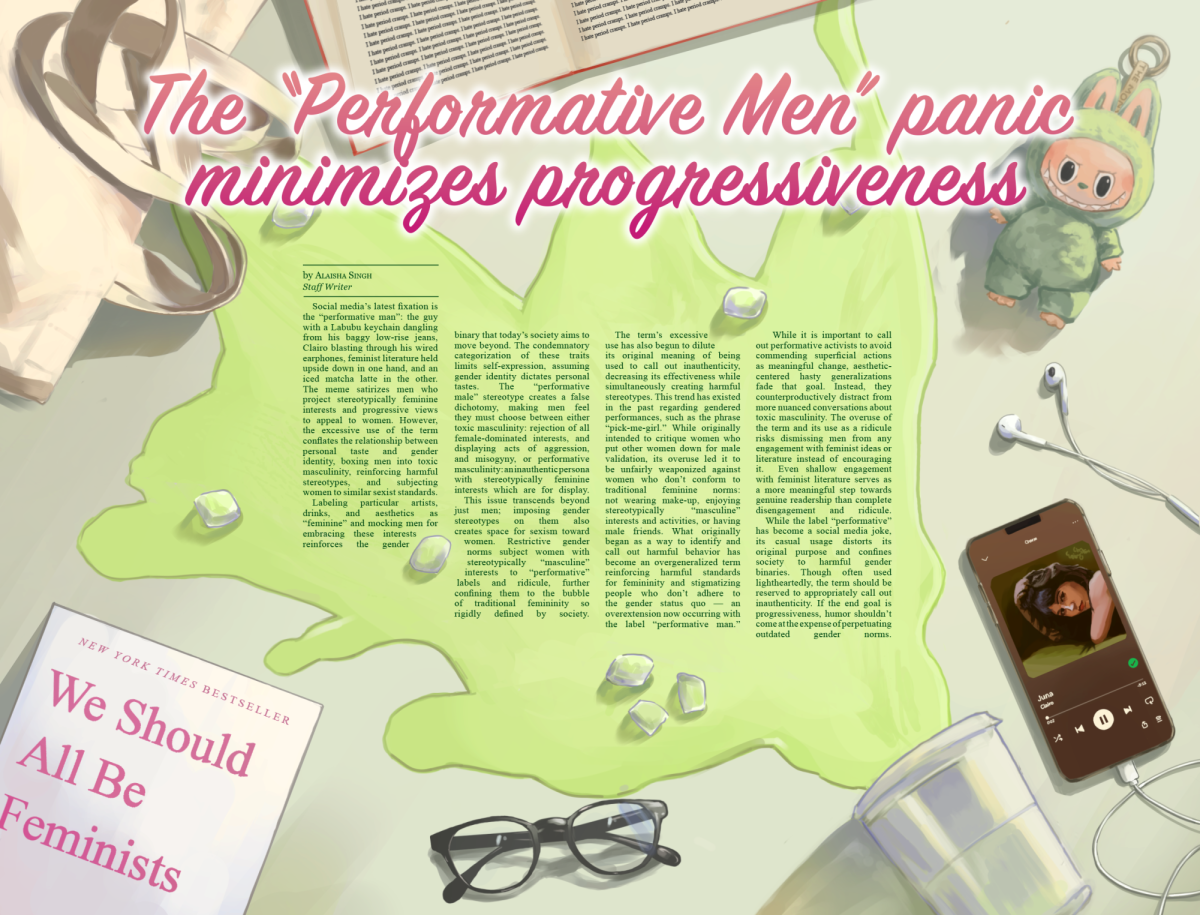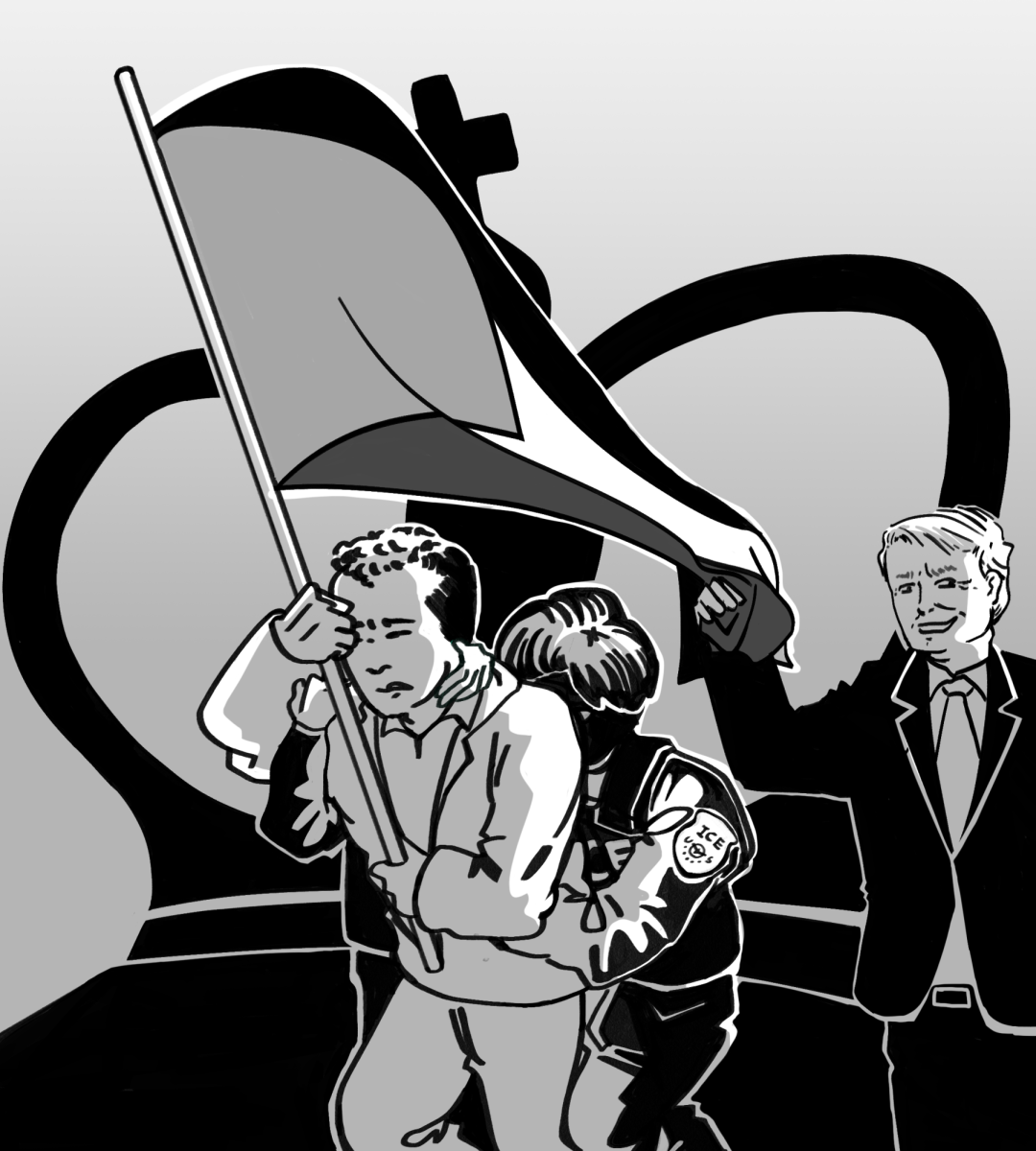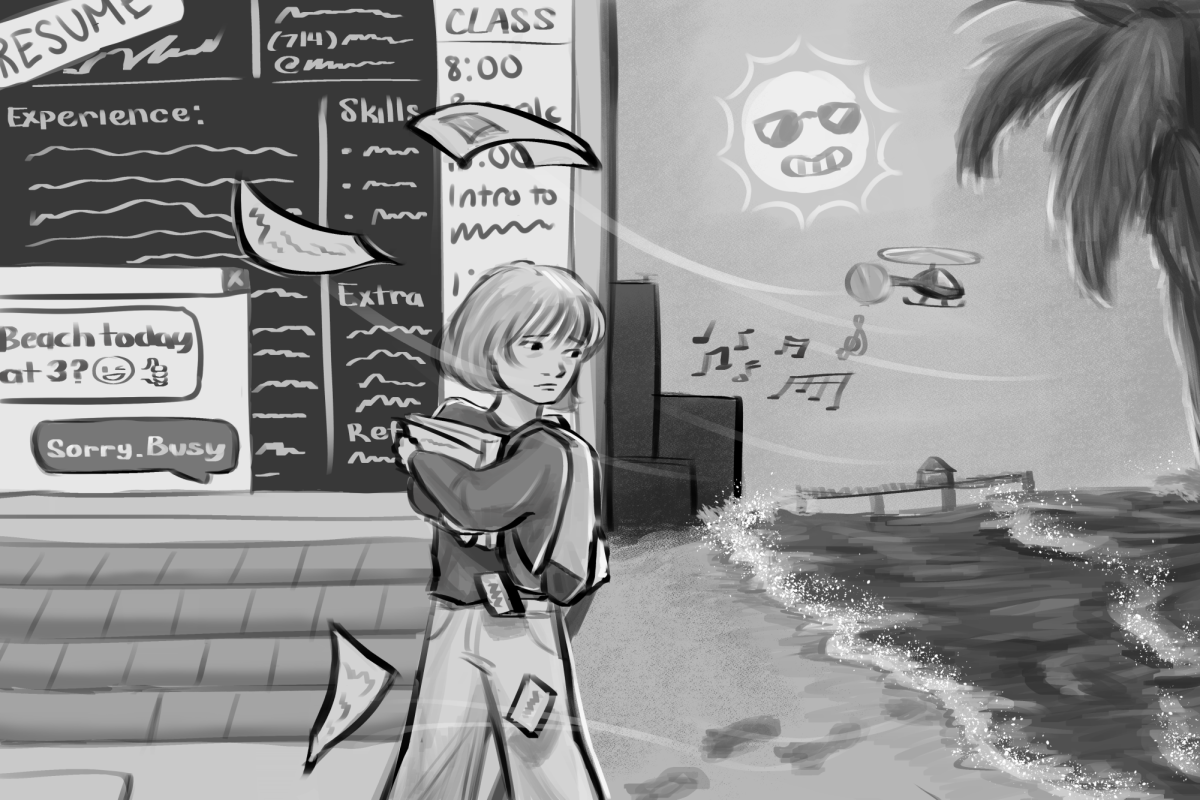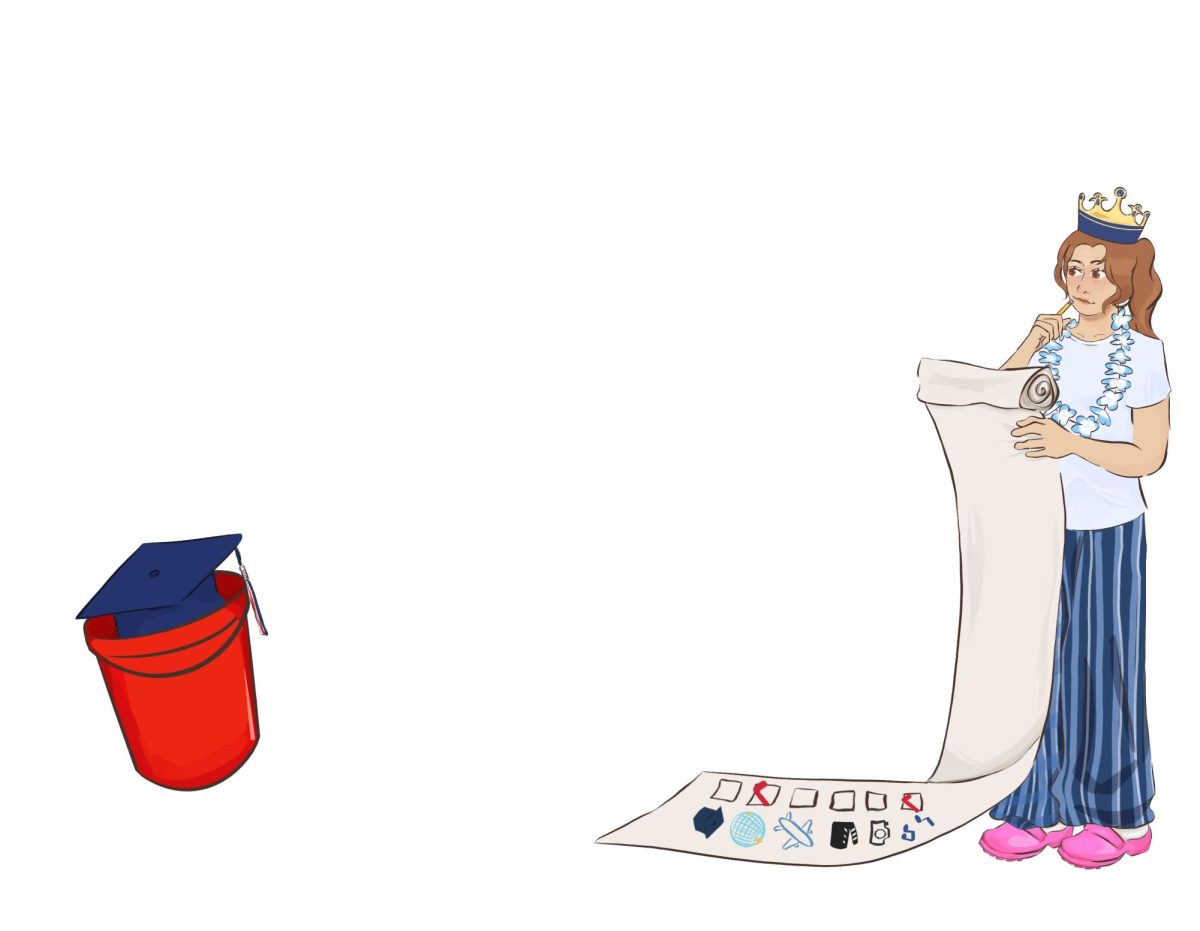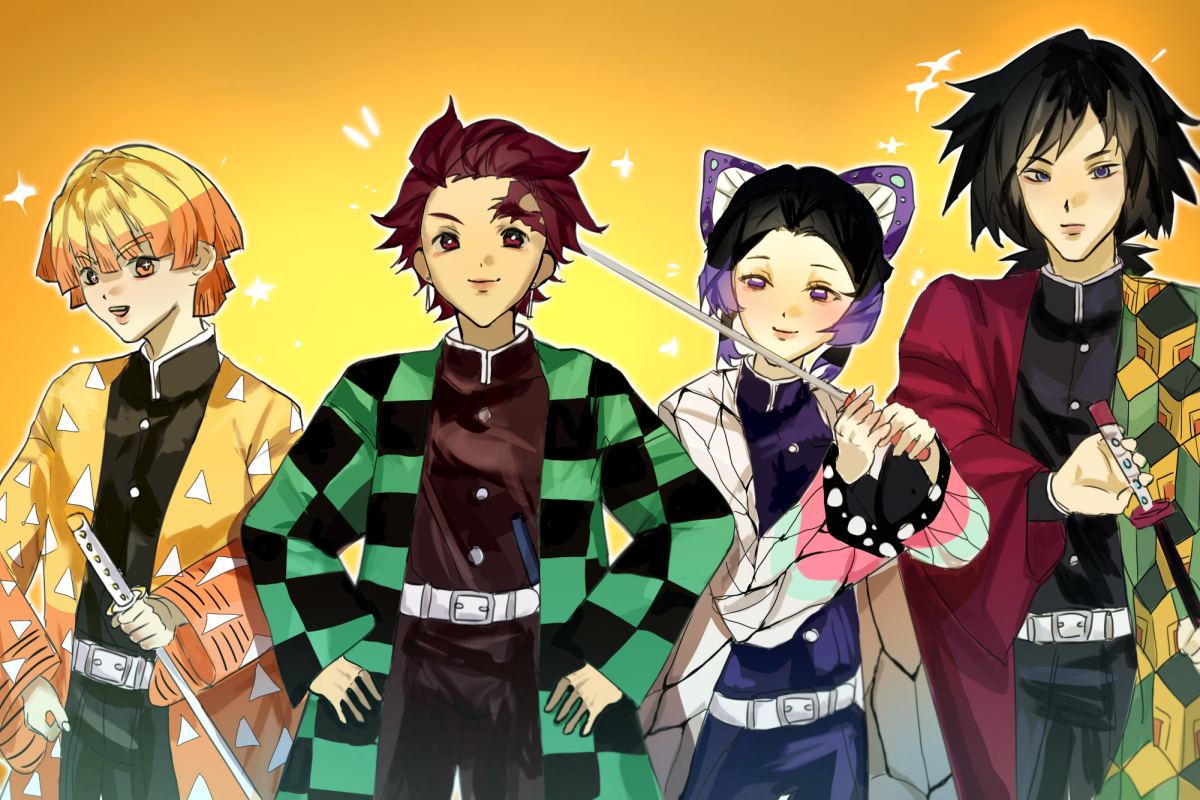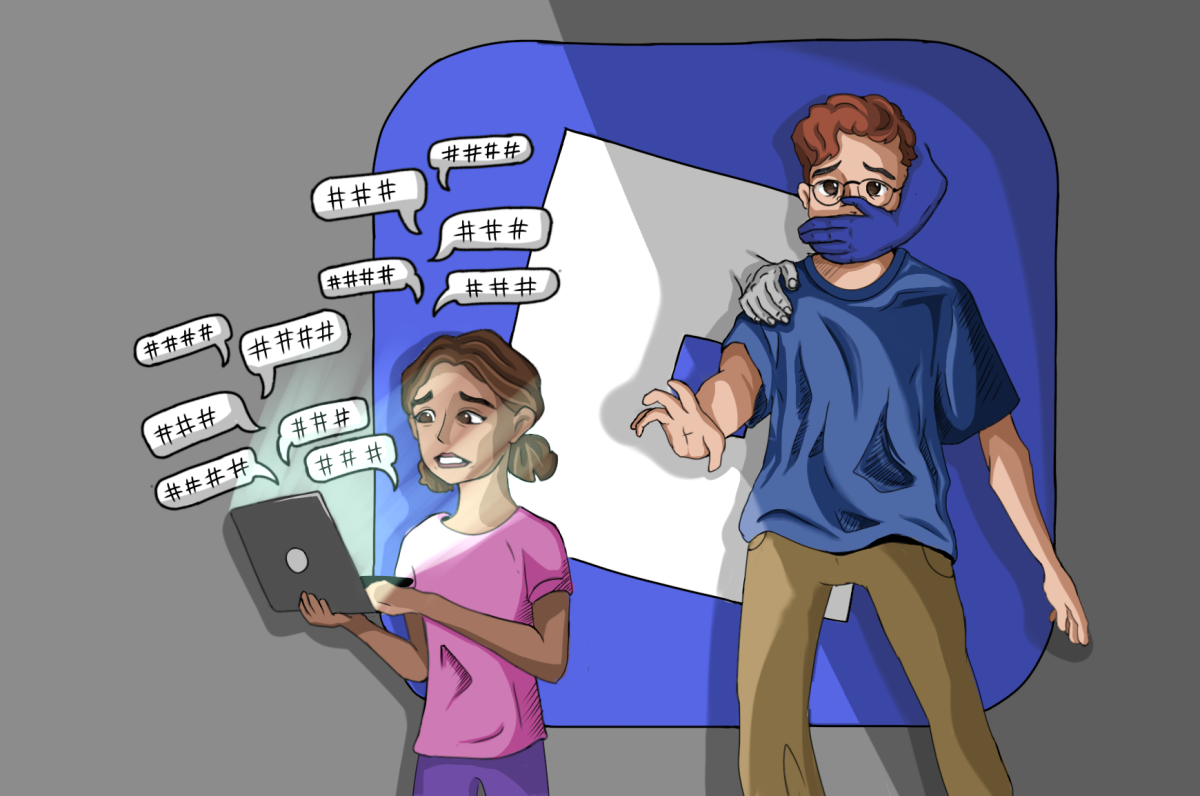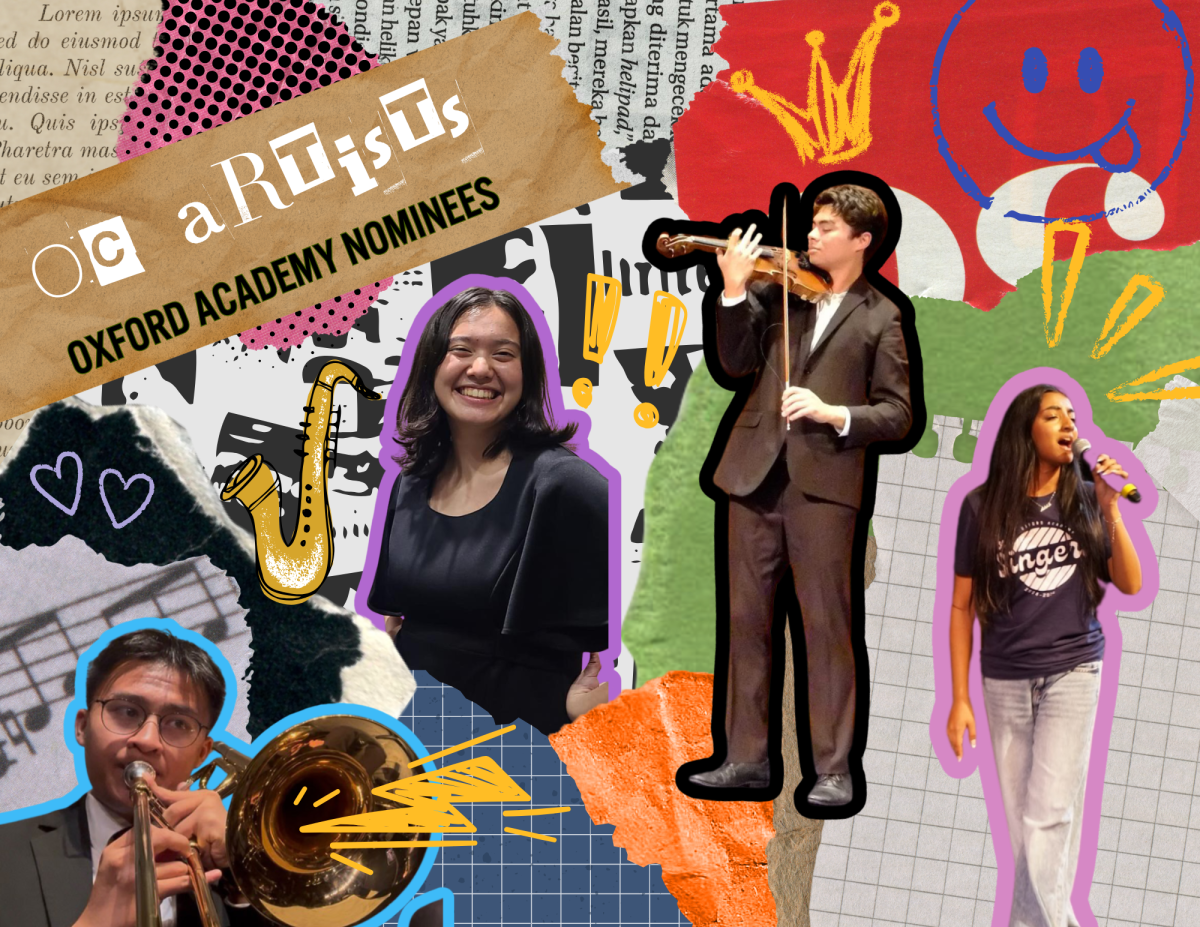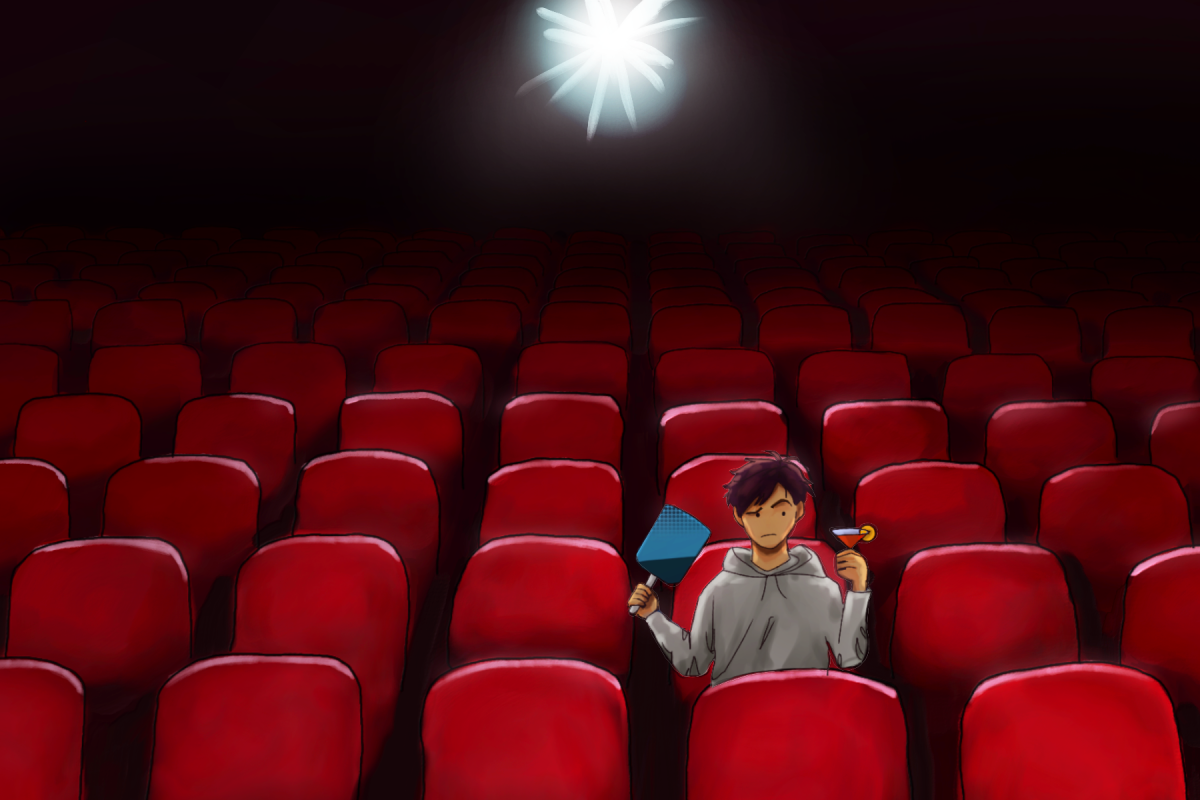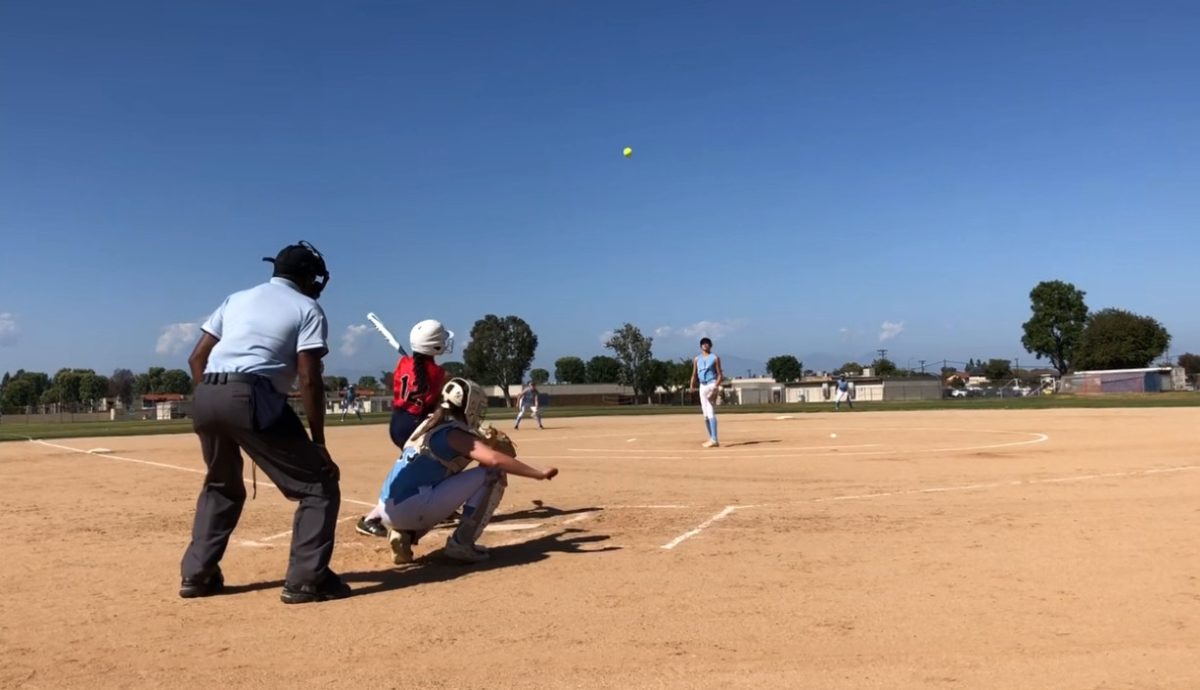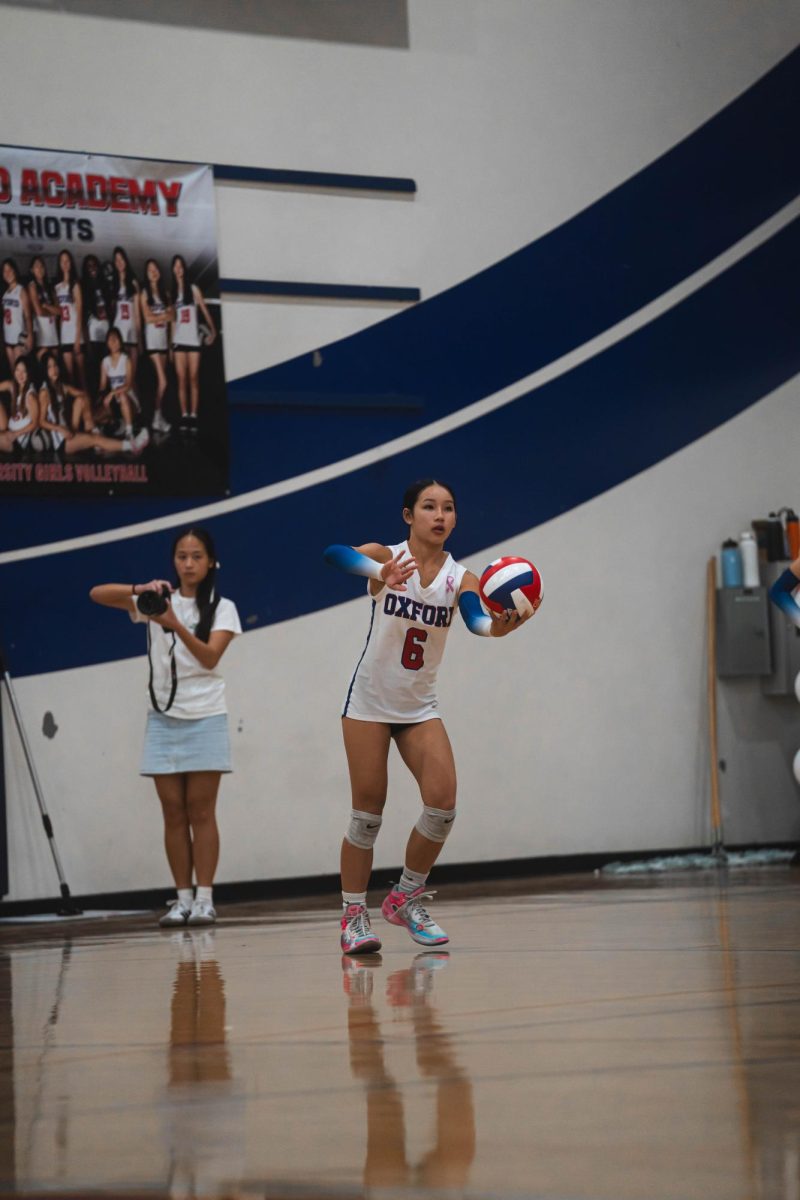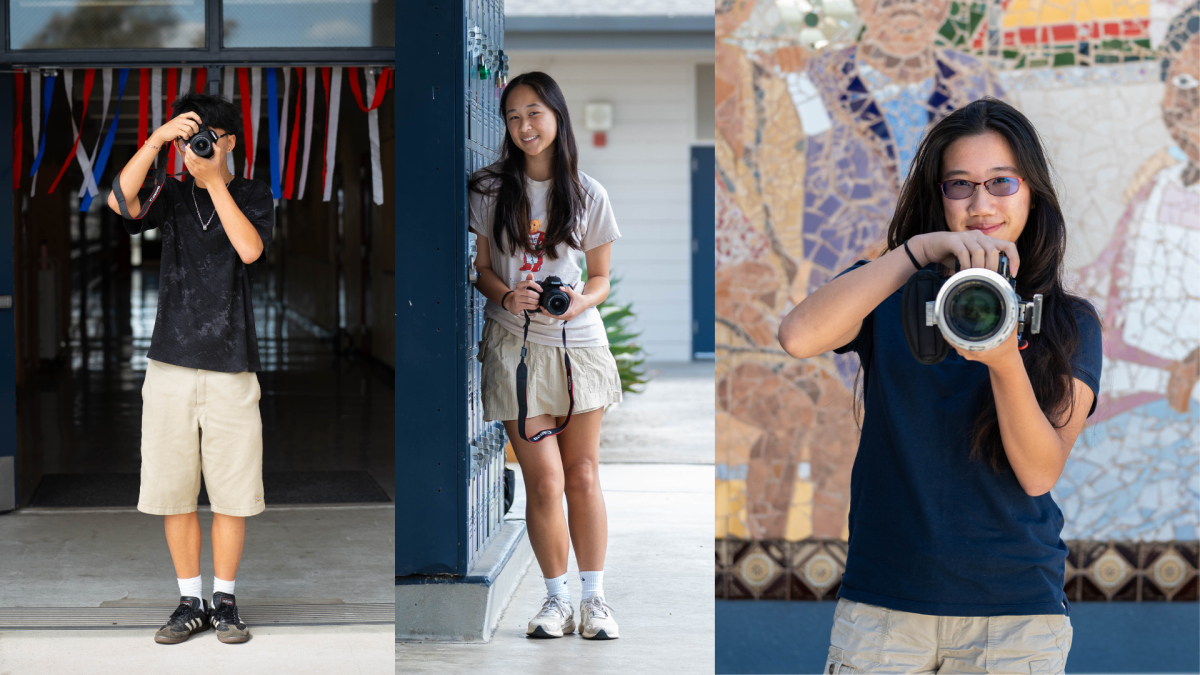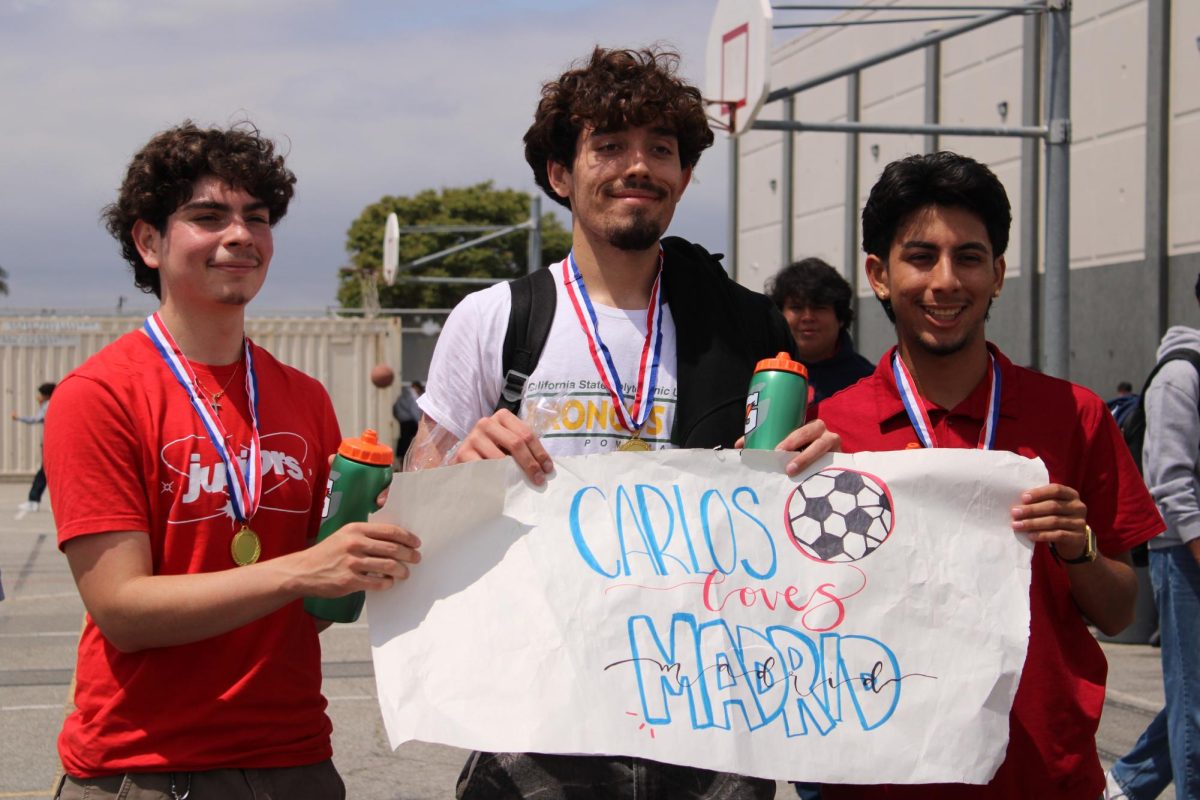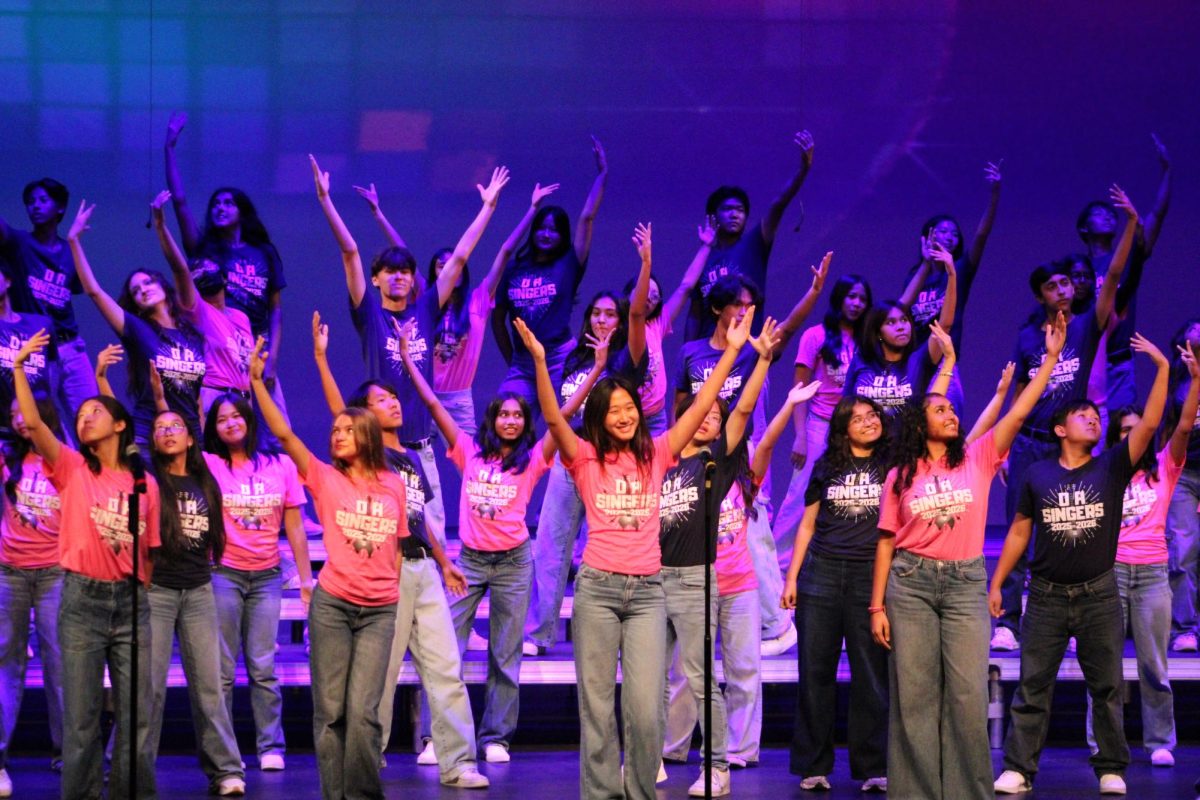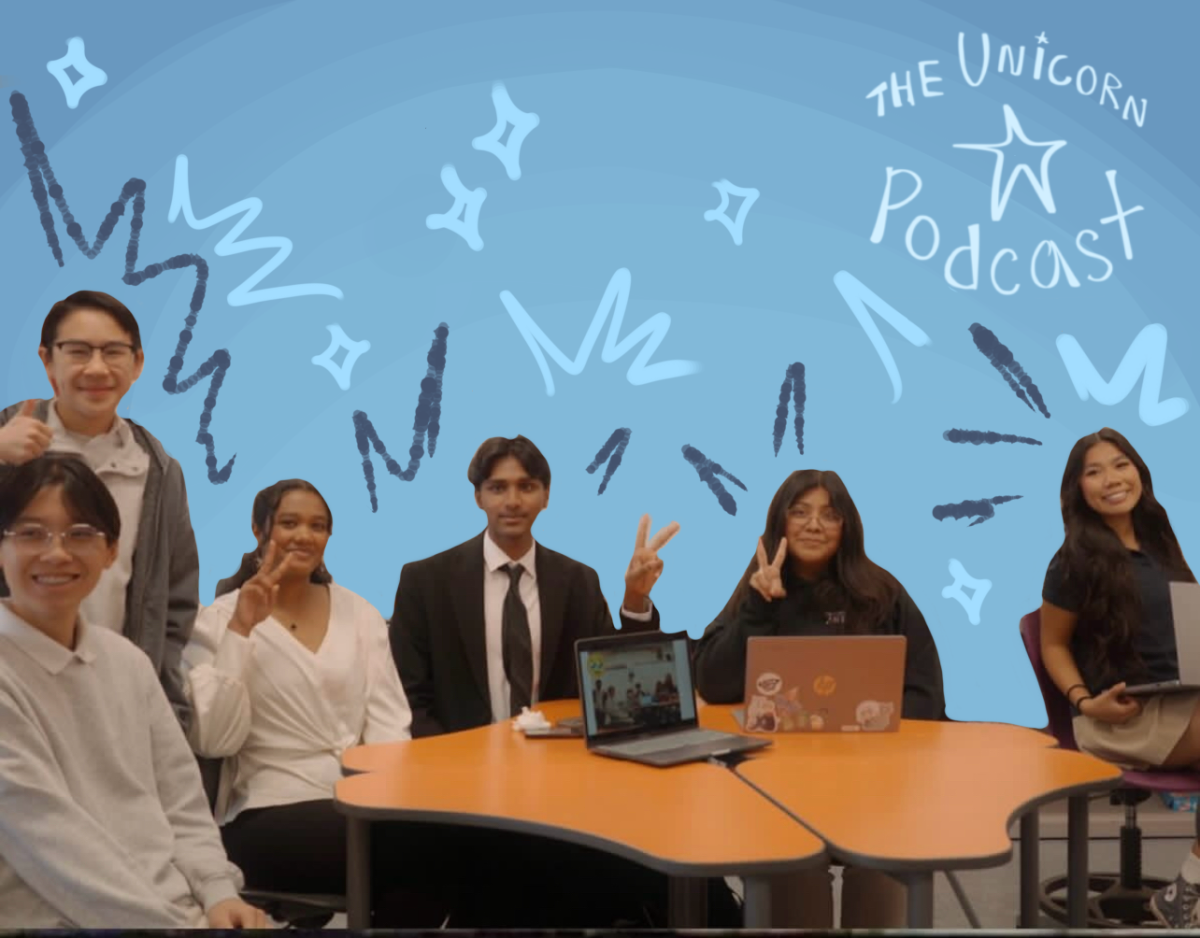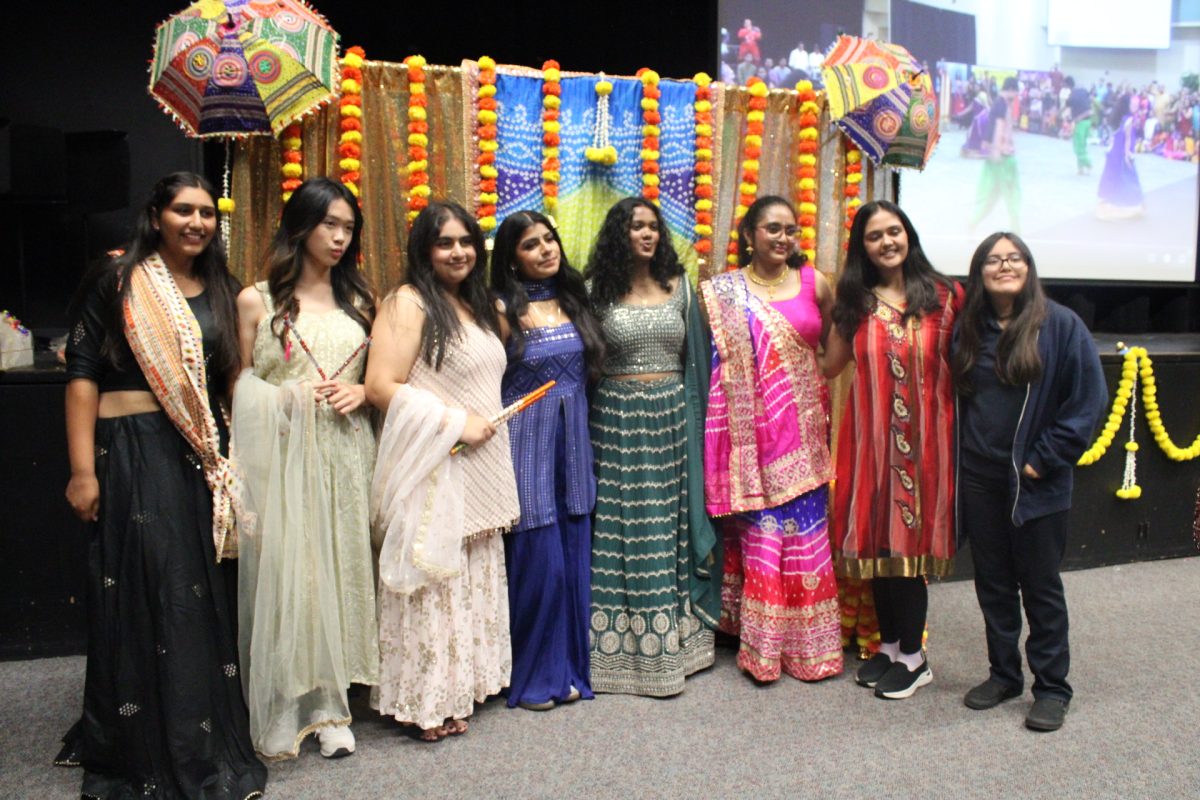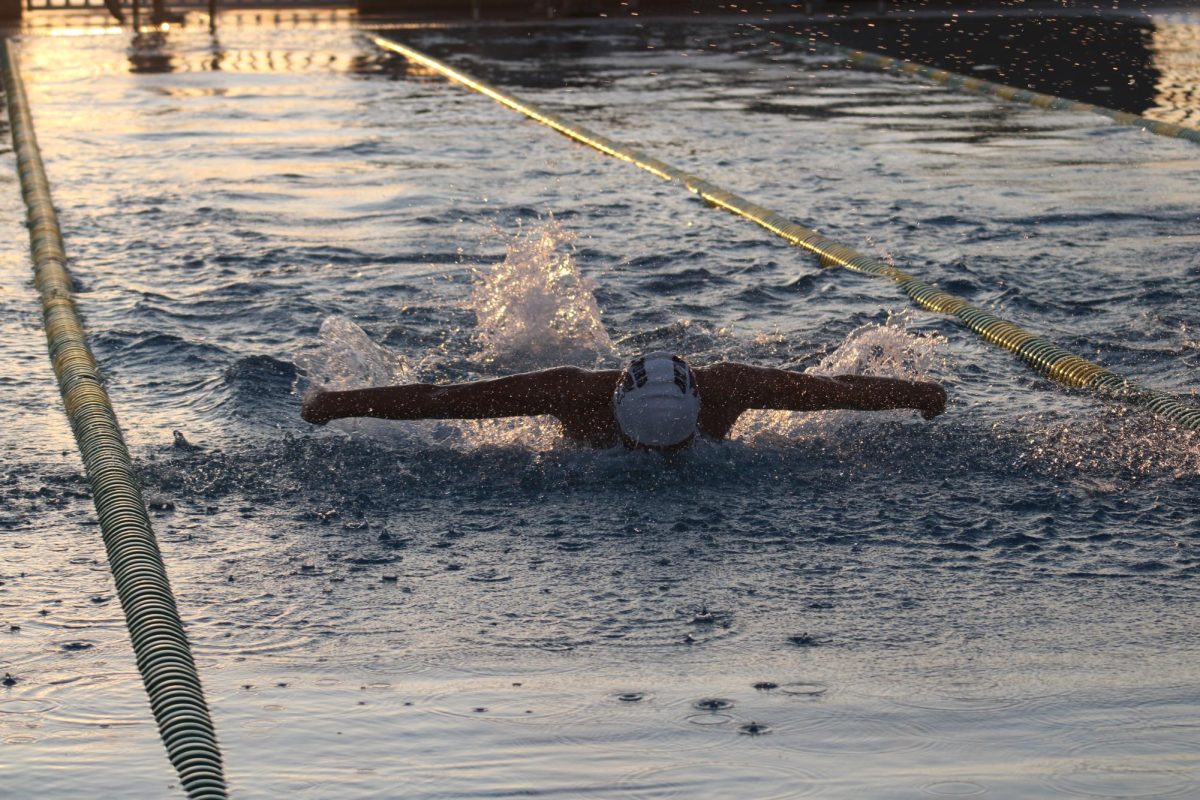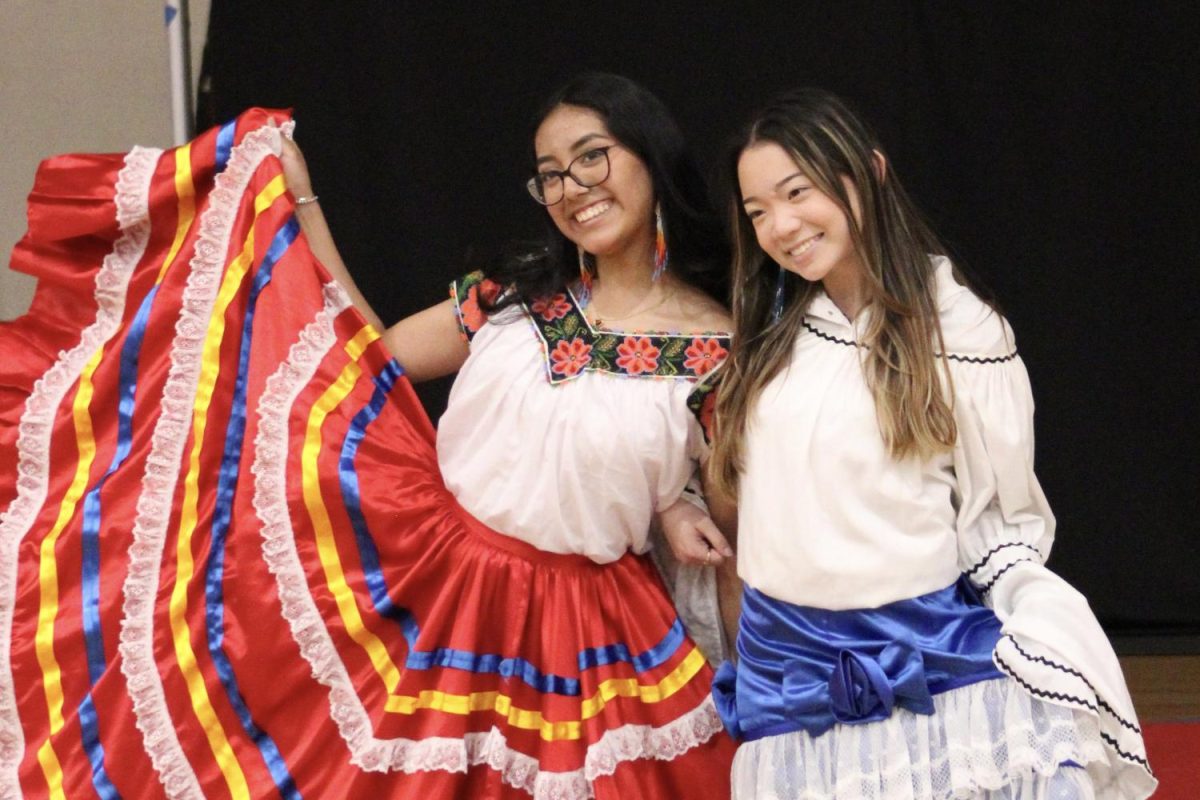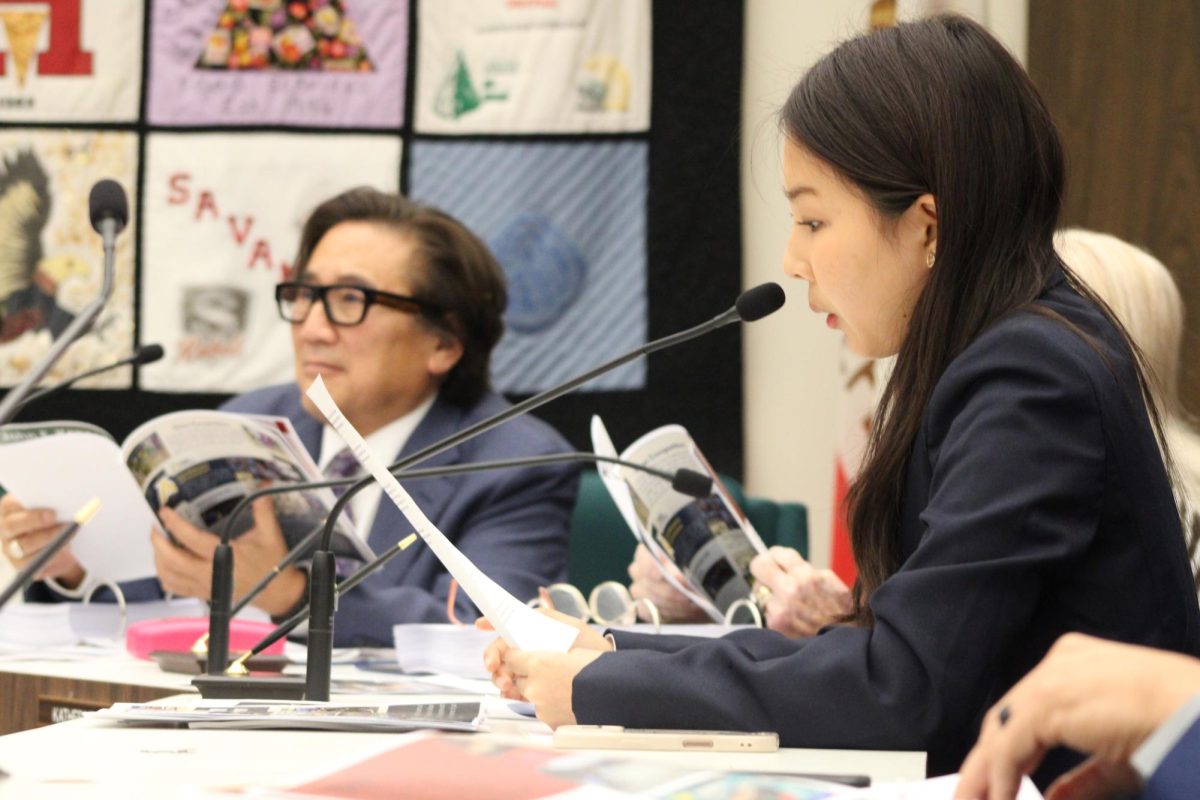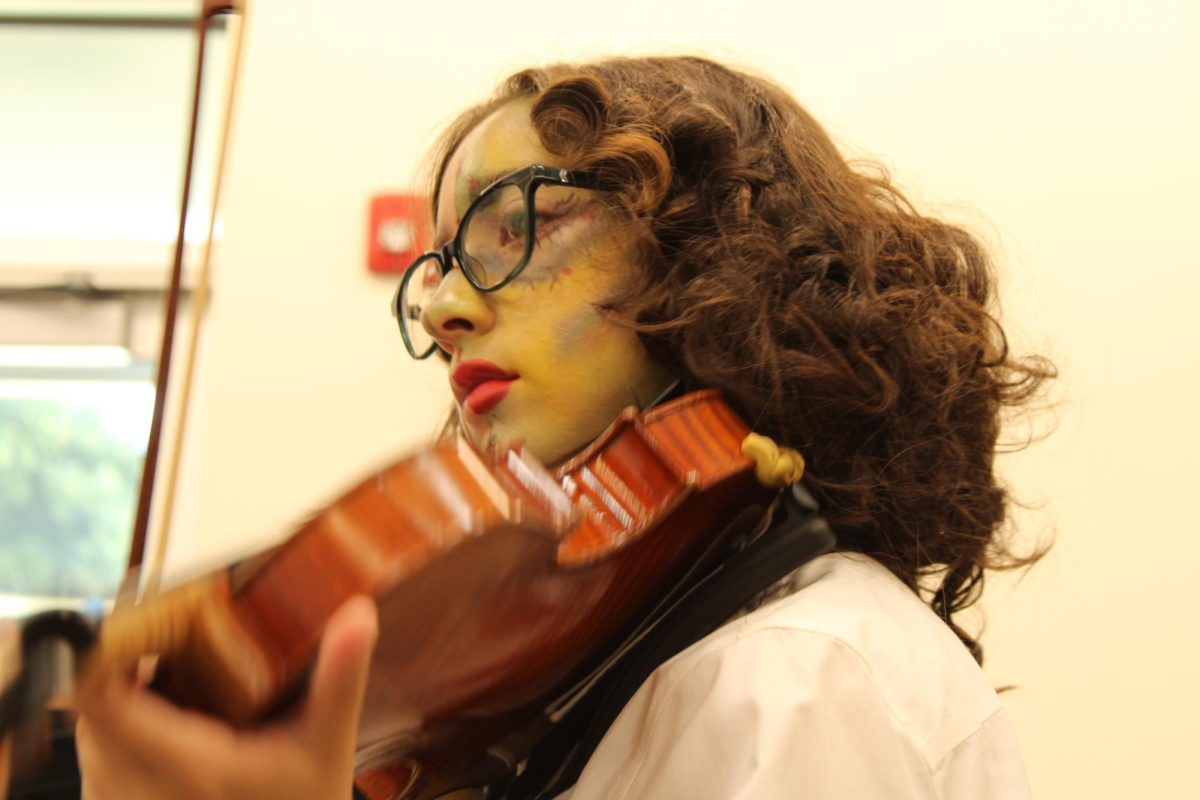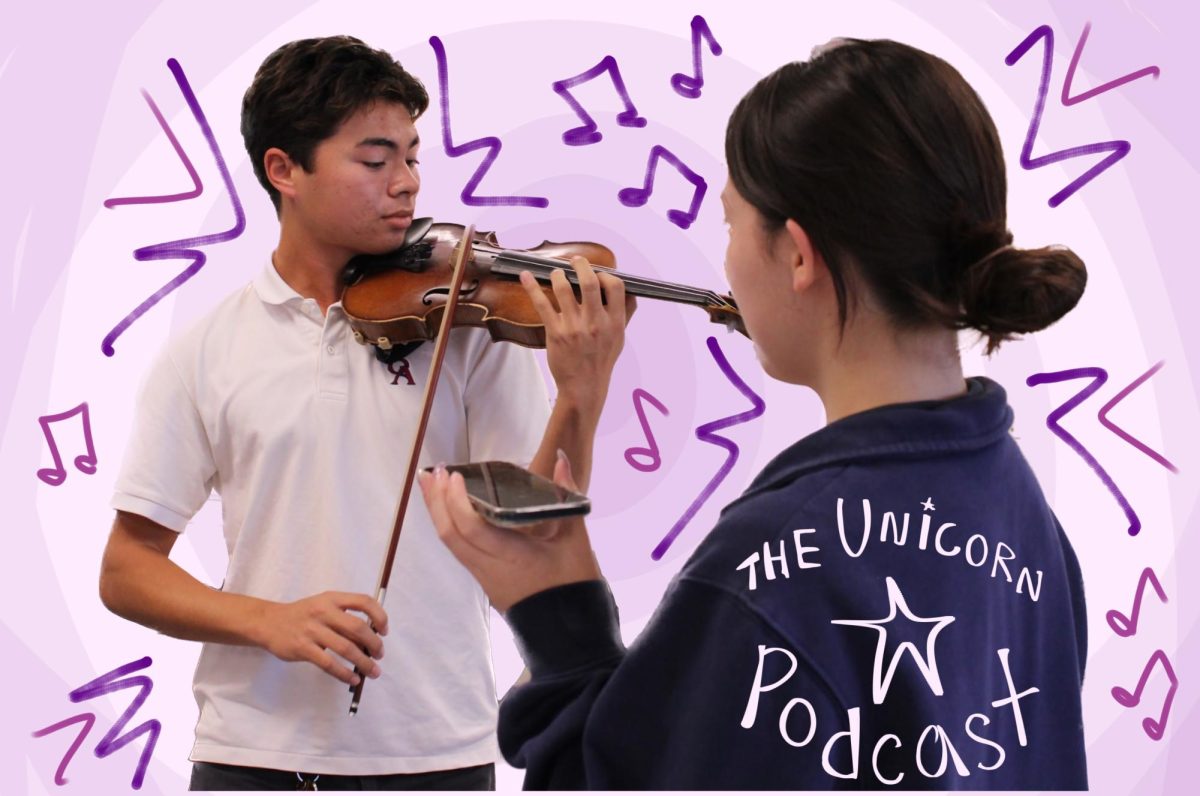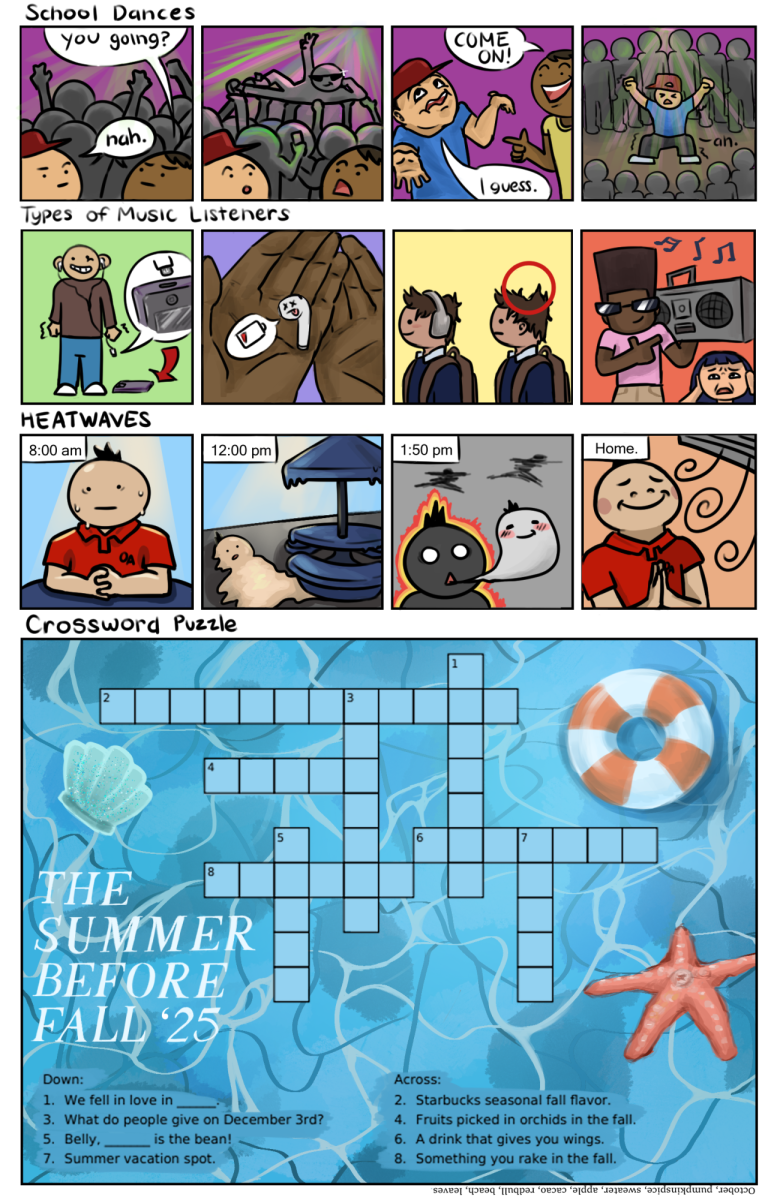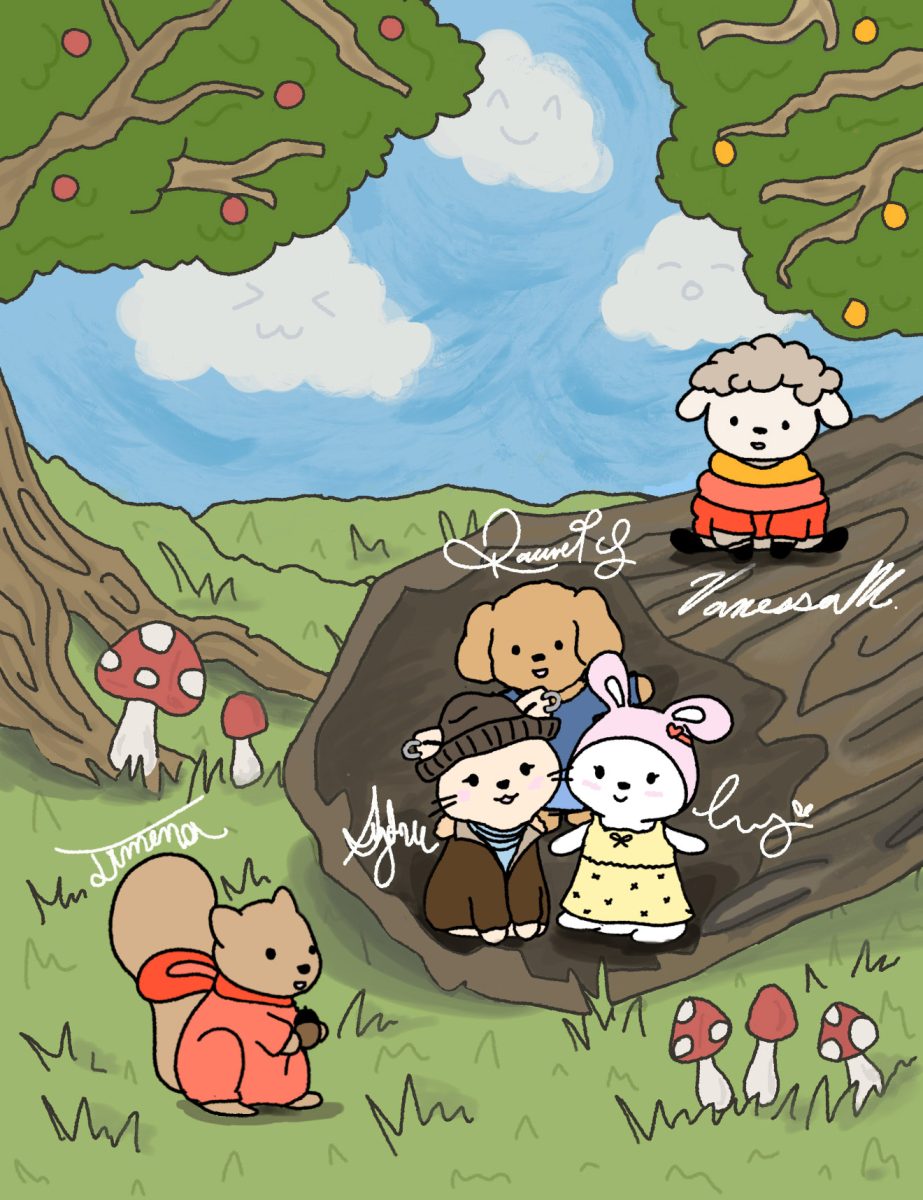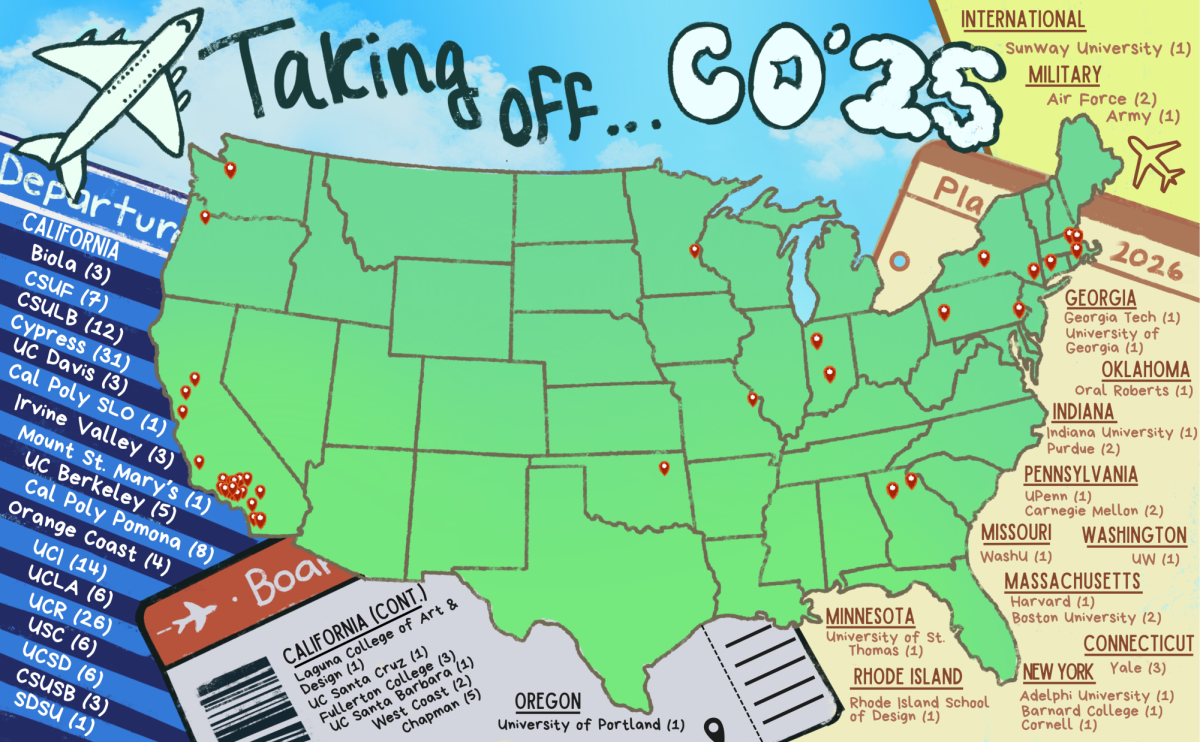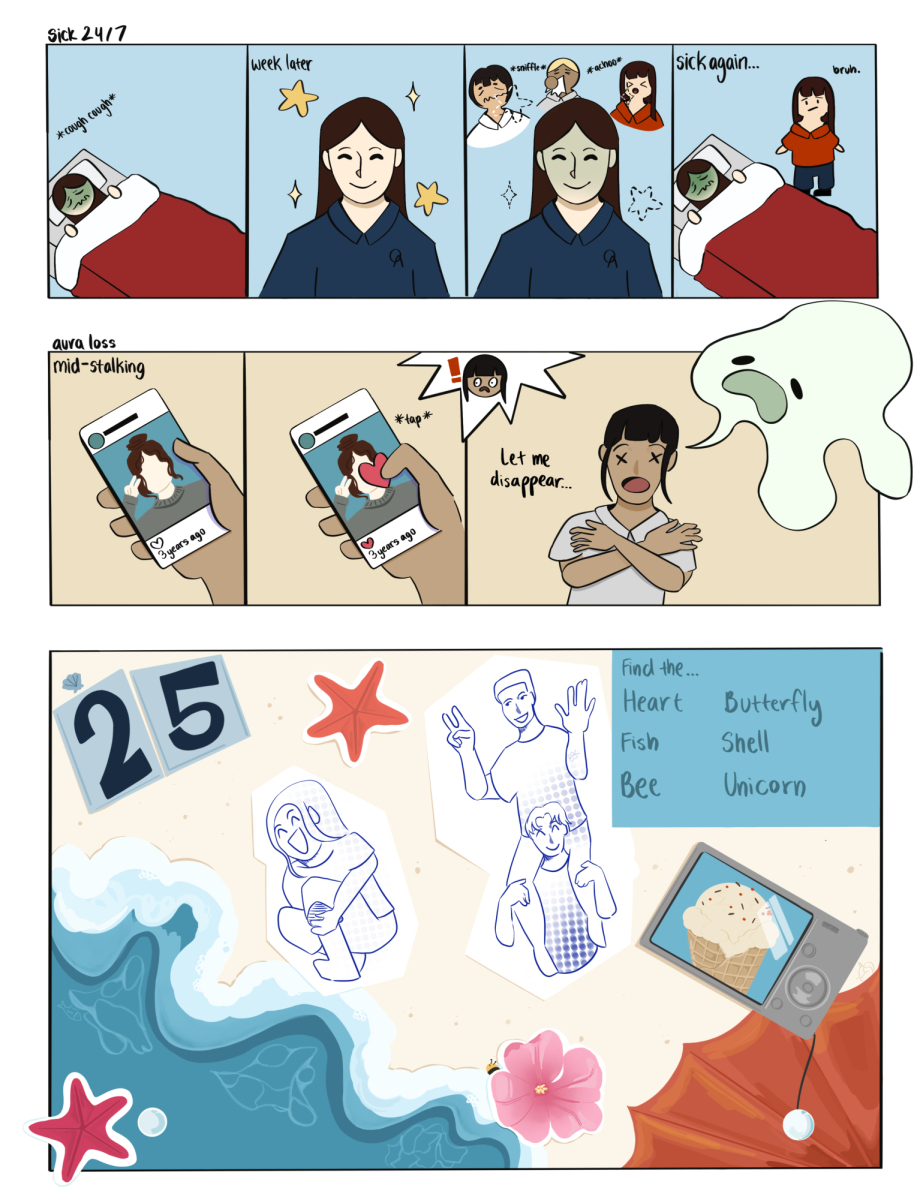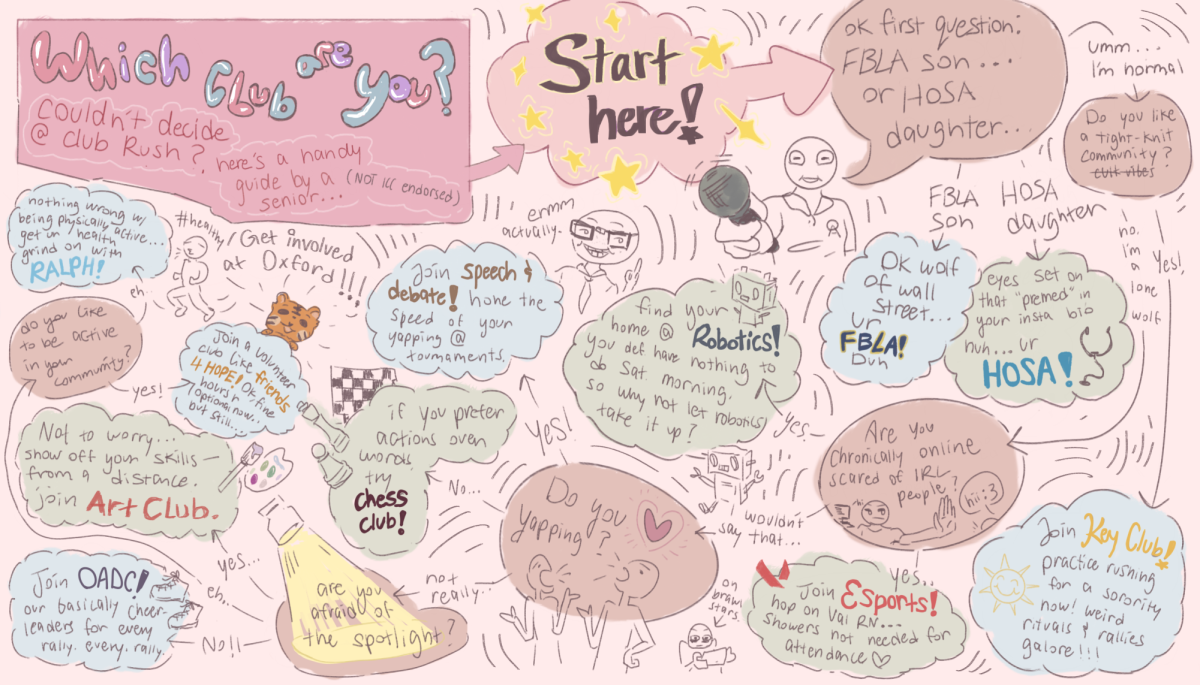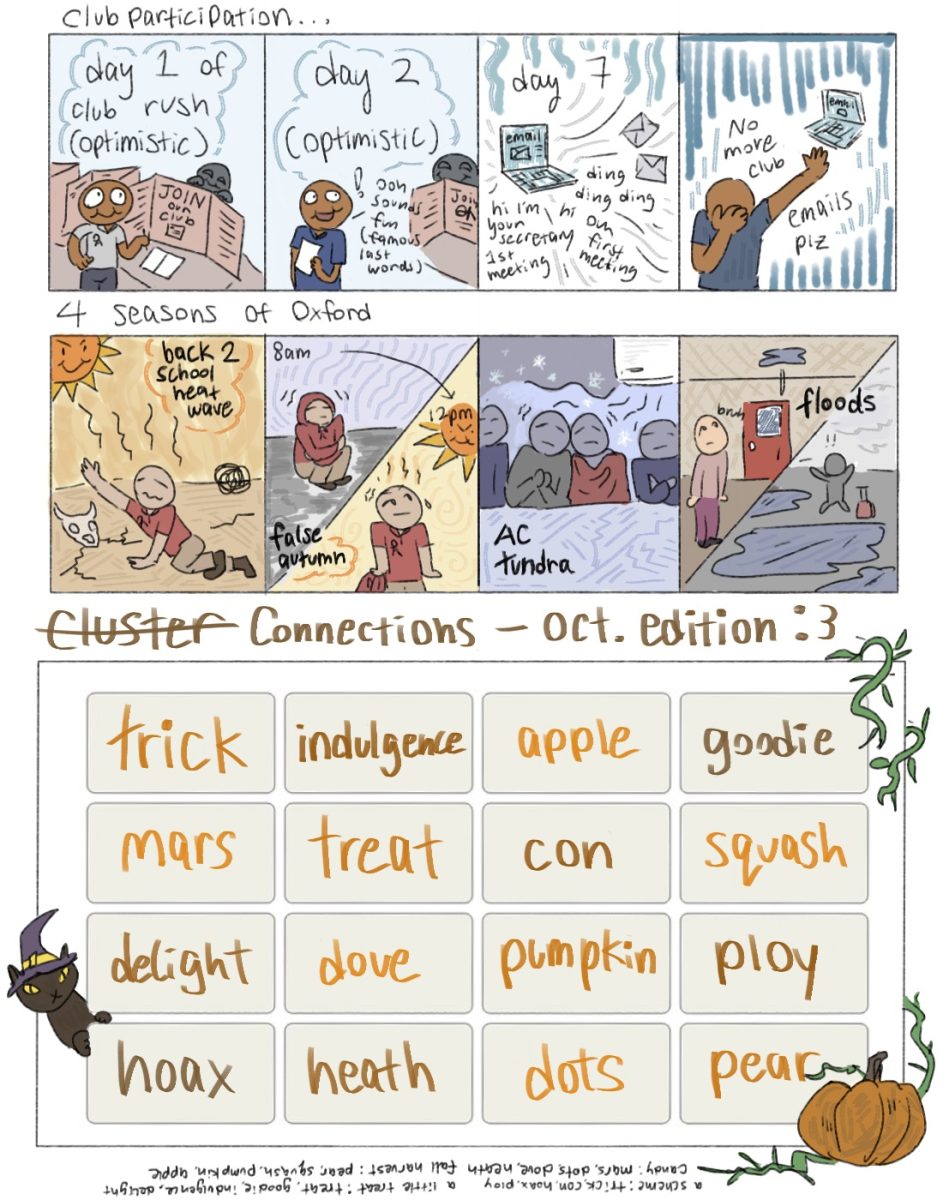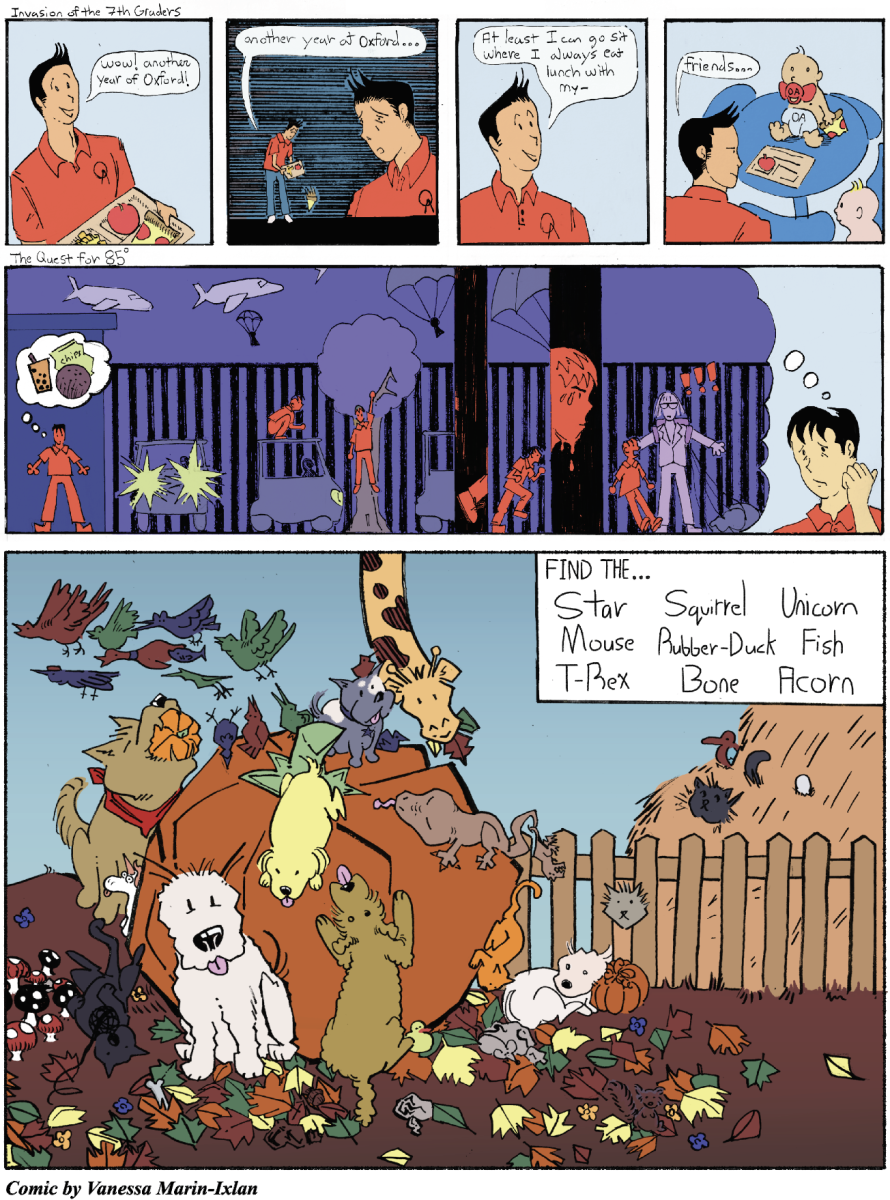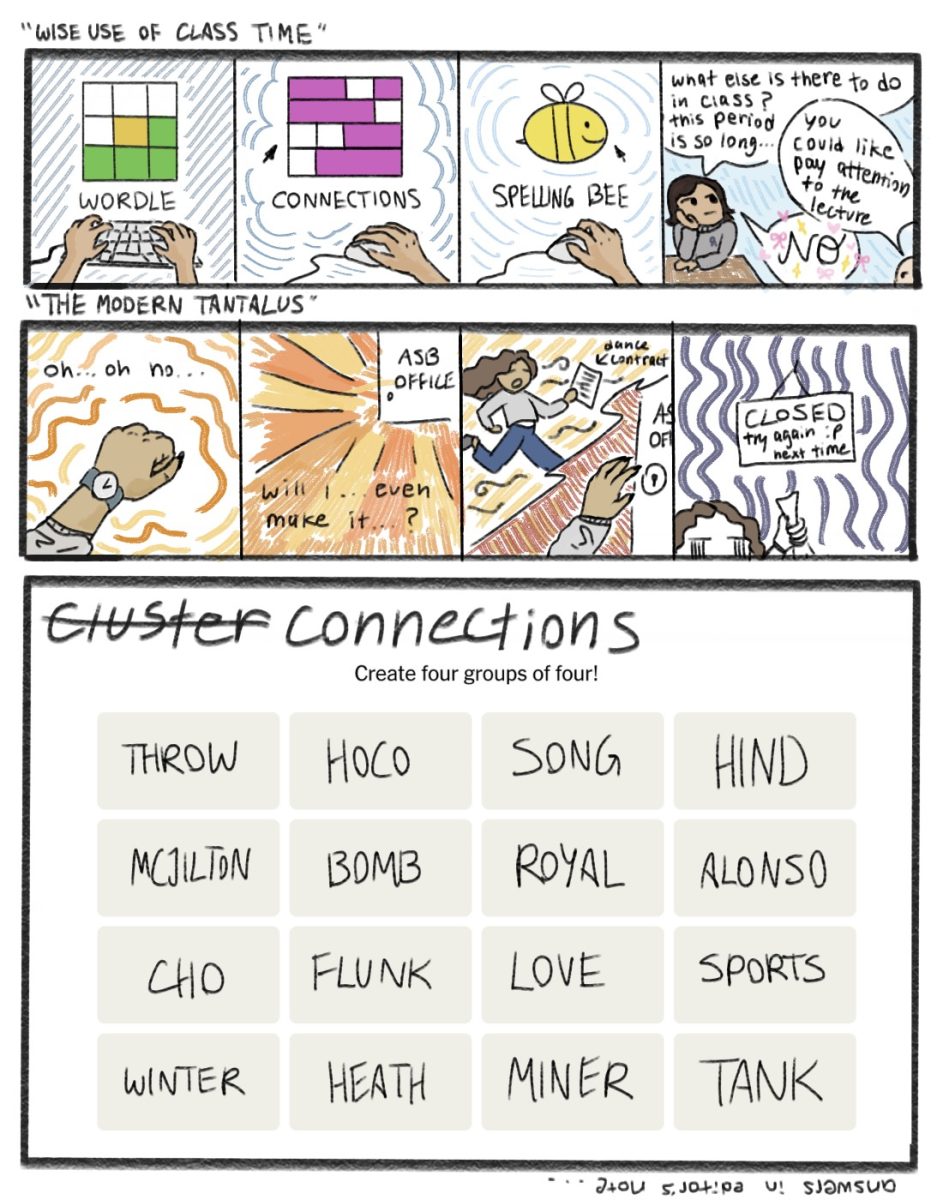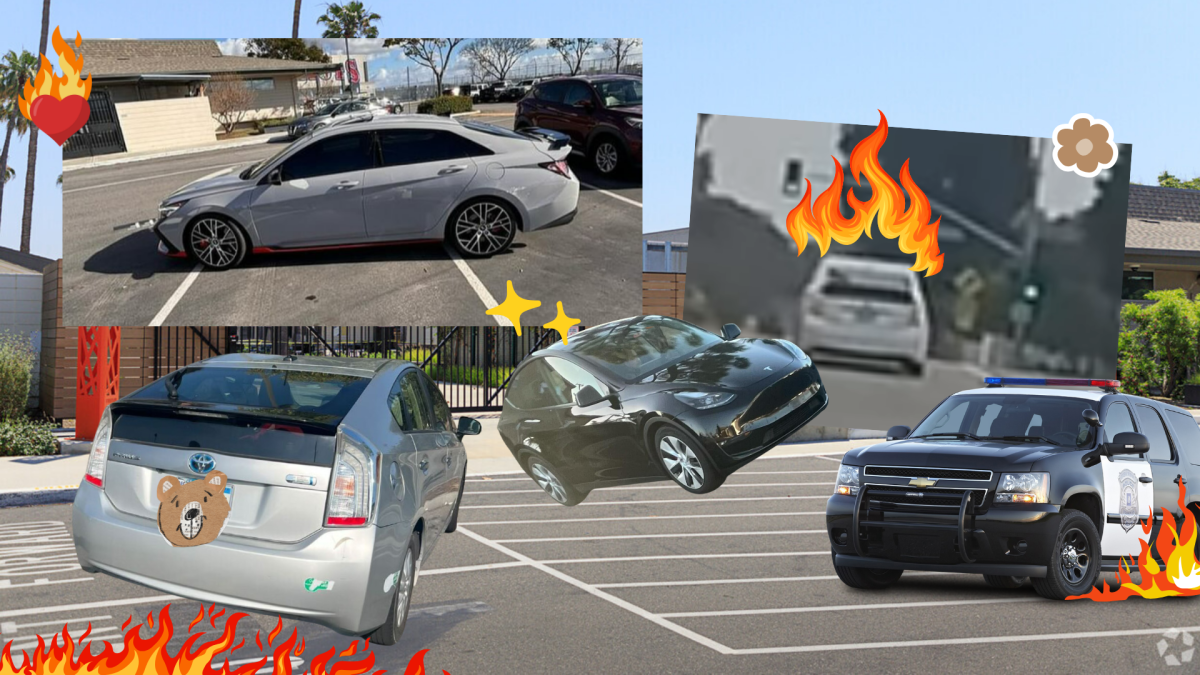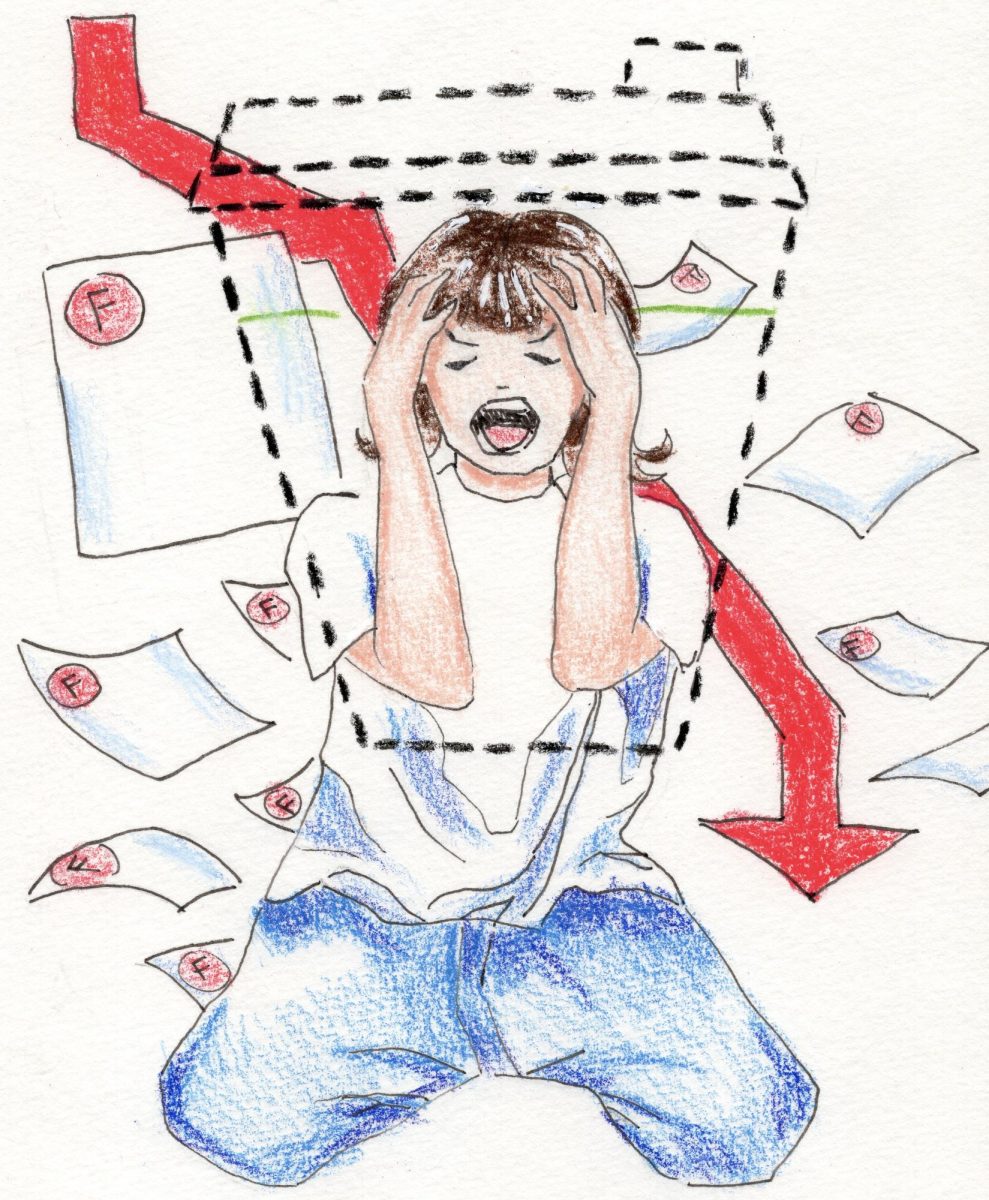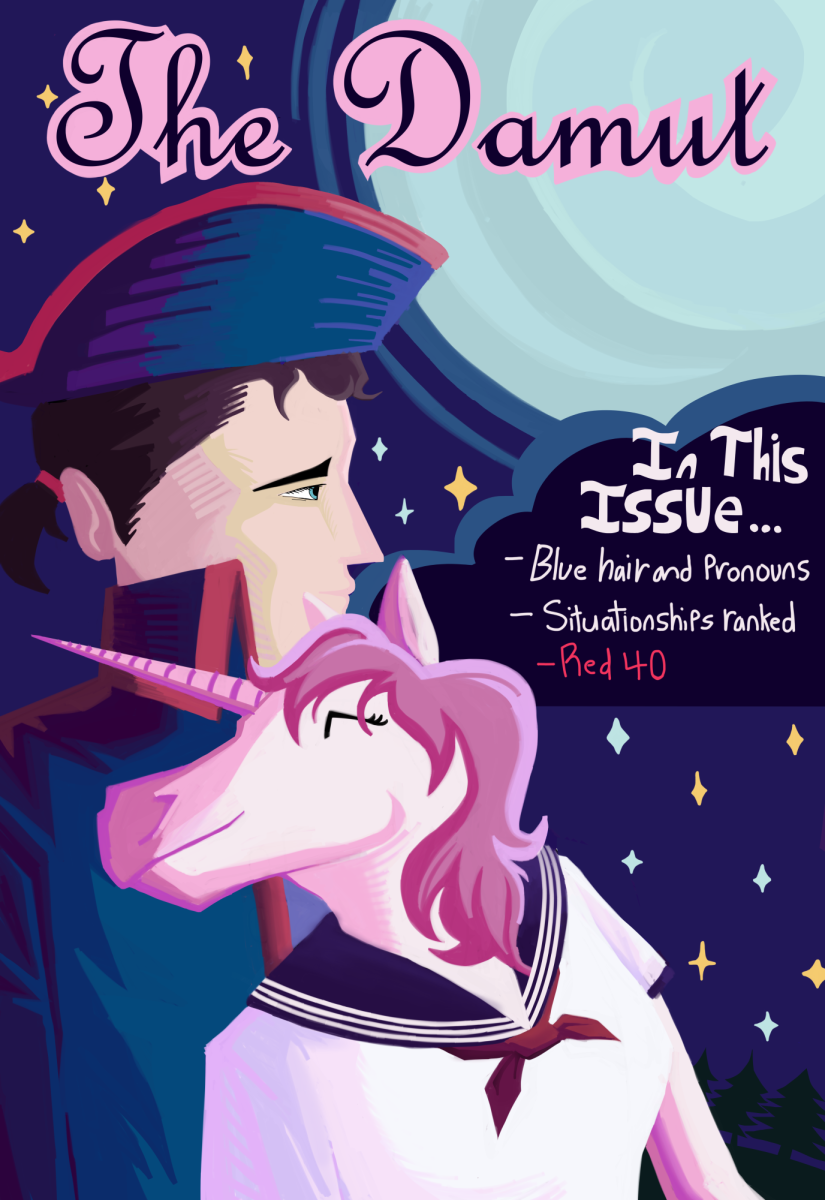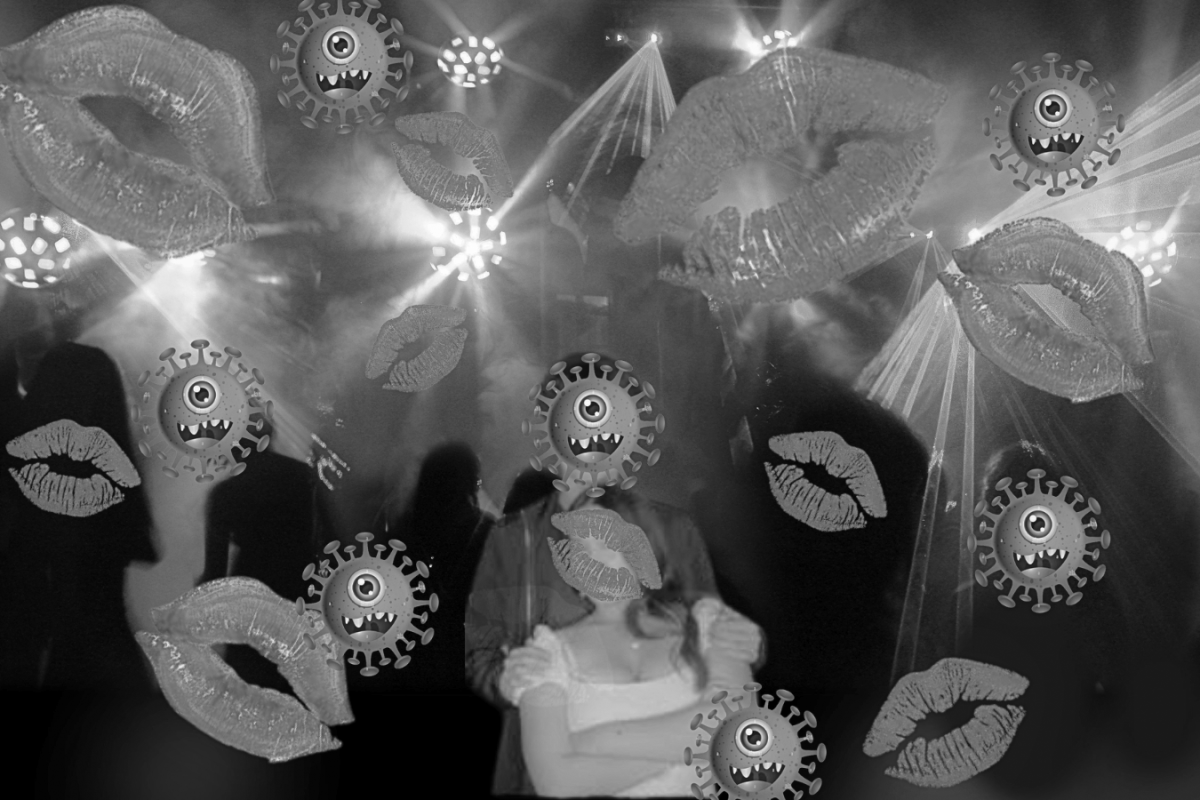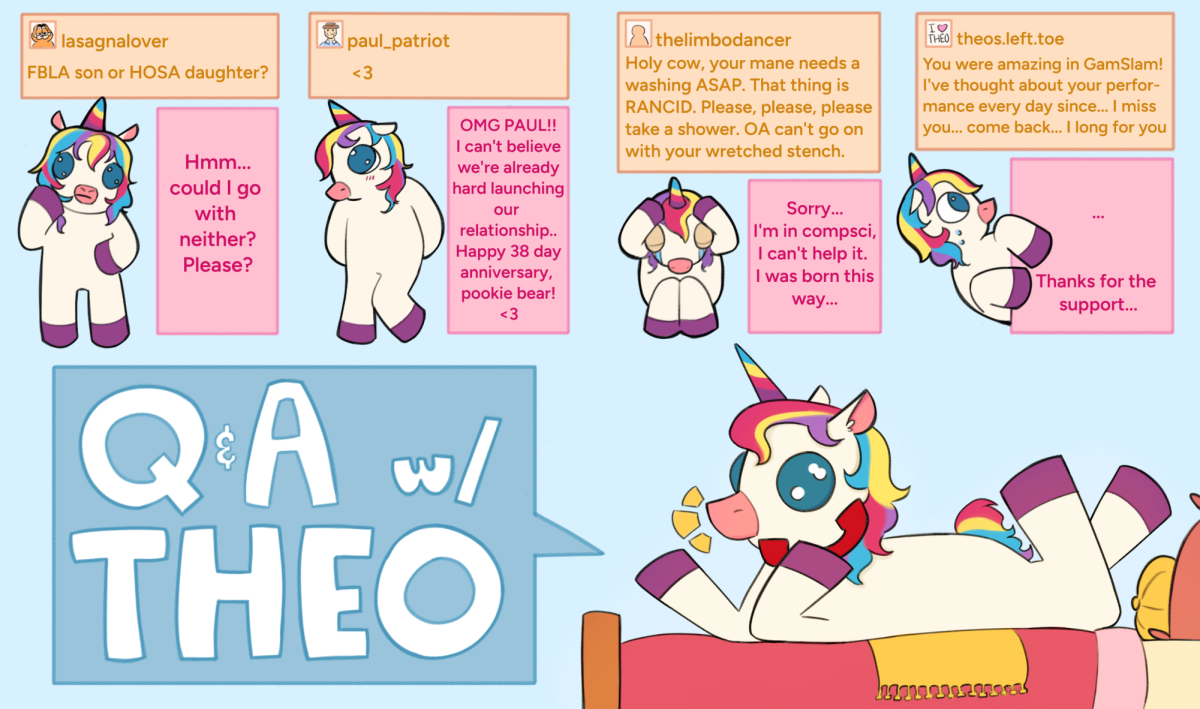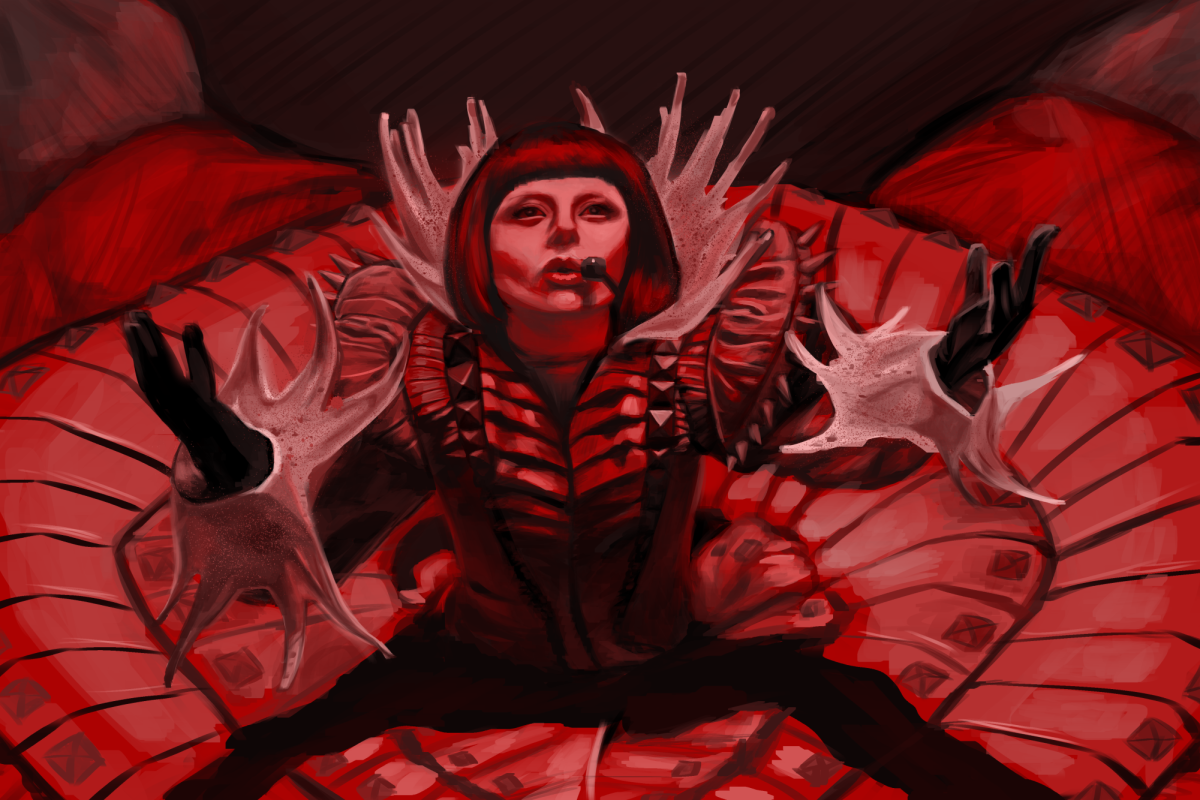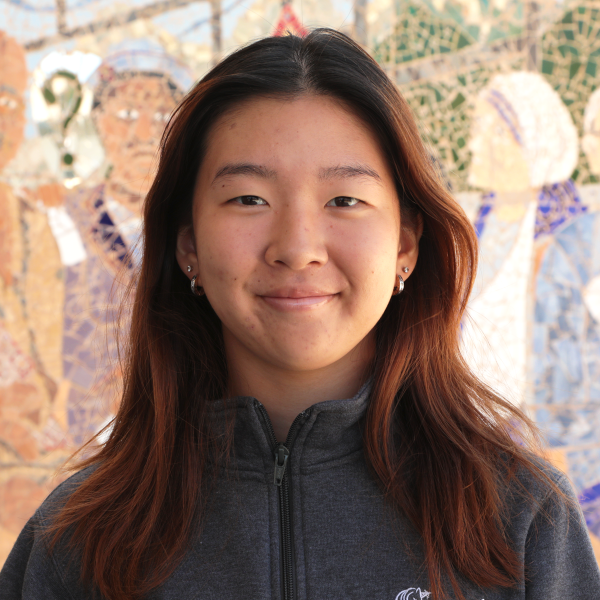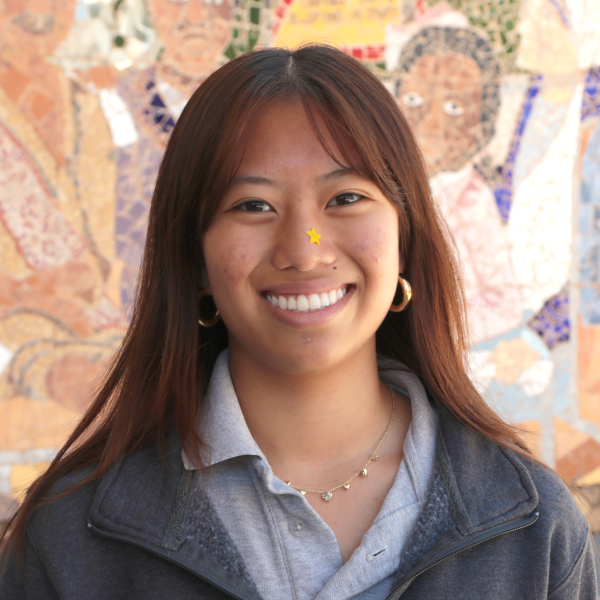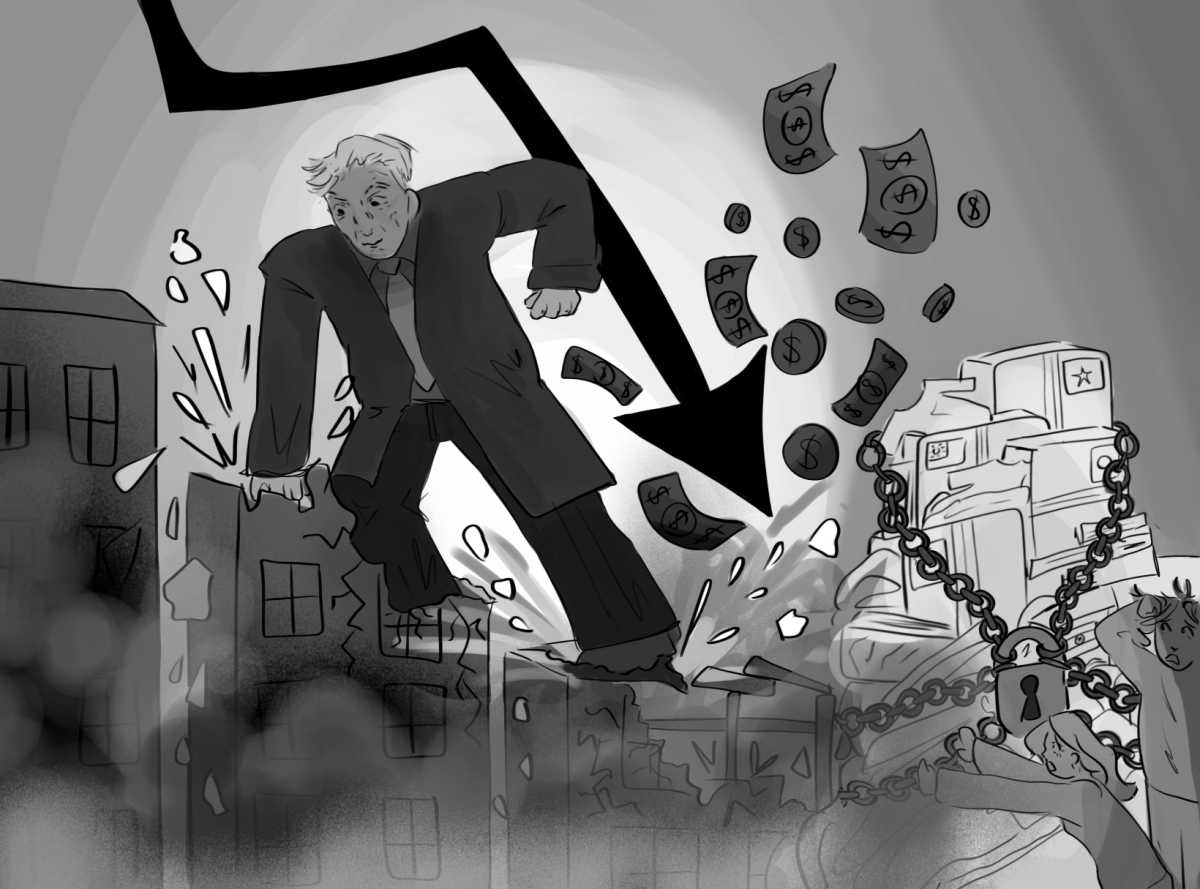When Lady Gaga returned to the stage at Coachella 2025 — her first headlining appearance since 2017 — the performance sparked immediate cultural controversy. Though many celebrated her signature blend of dramatic visuals, powerful vocals, and high-concept tagging, critics denounced the set as “demonic”, with some accusing it of representing a satanic ritual. Lit in crimson, intense choreography, and overall with gothic overtones, the set became a topic of conspiracy-laced criticism. But the outrage obscured what the performance truly was: a meticulously constructed piece of performance art that reclaimed Gaga’s signature themes of transformation and vulnerability. Far from satanic, the show was a commanding return to Gaga’s style to form bold, theatrical, and deeply rooted self-awareness.
The set was a continuation of a decades-long project. Since the beginning of her career, Gaga has defined herself through provocation and intentional spectacle. Whether appearing at the 2010 VMAs in a dress made of raw meat or bleeding onstage during the “Paparazzi” performance at her 2009 VMA debut, her work has consistently challenged the boundaries of pop and performance. At Coachella, that legacy took center stage– reimagined as something more introspective. The set transformed into a chessboard where Gaga faced off against a reflection of her former self, echoing the iconic imagery of her “Bad Romance” music video. Each move across the grid seemed strategic, emblematic of a career built on navigating fame with precision and defiance.
The chessboard staging offered a powerful metaphor: performance as battle, fame as strategy, persona as construct. In this visual language, Gaga was both queen and pawn where she wields power while confronting its consequences. The symbolic duality extended into her performance of “Paparazzi” where she walked in silver crutches, a nod to her 2009 VMA performance and to the song’s music video in which her character is manipulated and broken. These crutches didn’t signify weakness, but rather survival. Gaga’s long-documented fibromyalgia, a chronic condition that causes widespread pain and fatigue, was quietly acknowledged at that moment. What appeared to some as a dramatic prop doubled as a reminder of the physical toll of sustained celebrity, and perhaps a visual metaphor for endurance.
This blend of spectacle and symbolism has always been central to Gaga’s identity. The current backlash rooted in claims of satanism, feels like a recycled reaction of cultural discomfort with women who dare to blend power, darkness, and autonomy in their public image. Gaga’s embrace of horror aesthetics and religious symbolism has consistently been misunderstood. The use of gothic imagery isn’t an endorsement of evil, it’s a confrontation with societal fears — particularly those of women who refuse to conform.
In this sense, Gaga’s performance fits within a broader pattern of her career. Unlike many of her 2010s pop contemporaries, she never relied solely on relatability or personal vulnerability to win public affection. Instead, she positioned herself as an artist of excess, of distortion, of unapologetic theatricality. It’s a posture that invites misunderstanding but also one that has made her among the most distinctive voices in modern pop.
Her latest album, Mayhem, released shortly before Coachella, offers additional context. The project embraces sonic chaos, genre shifts, and lyrical fragmentation. It is an album about disorder and transformation. The sets’ visual references to blood and confinement echoed the eras of her previous albums The Fame Monster and Born This Way — albums where Gaga has previously examined the consumption of pop stars as commodities. Having lived through the highs and lows of public obsession, Gaga performed not only her songs, but the mythology built around it.
Critics labeling the show as “demonic” are not engaging with the substance of the performance; they are reacting only to the imagery that challenges mainstream comfort. In doing so, they reinforce the very cultural fears that Gaga has long sought to critique. The performance at Coachella was not a descent into darkness but rather a confrontation of it. In doing so, Gaga illuminated her own evolution as an artist: one still capable of risk, vision, and commanding the spotlight on her own uncompromising terms.




